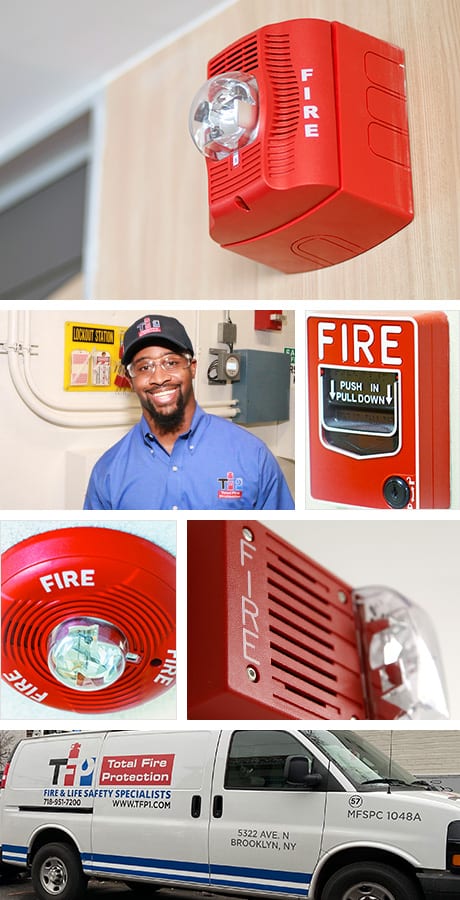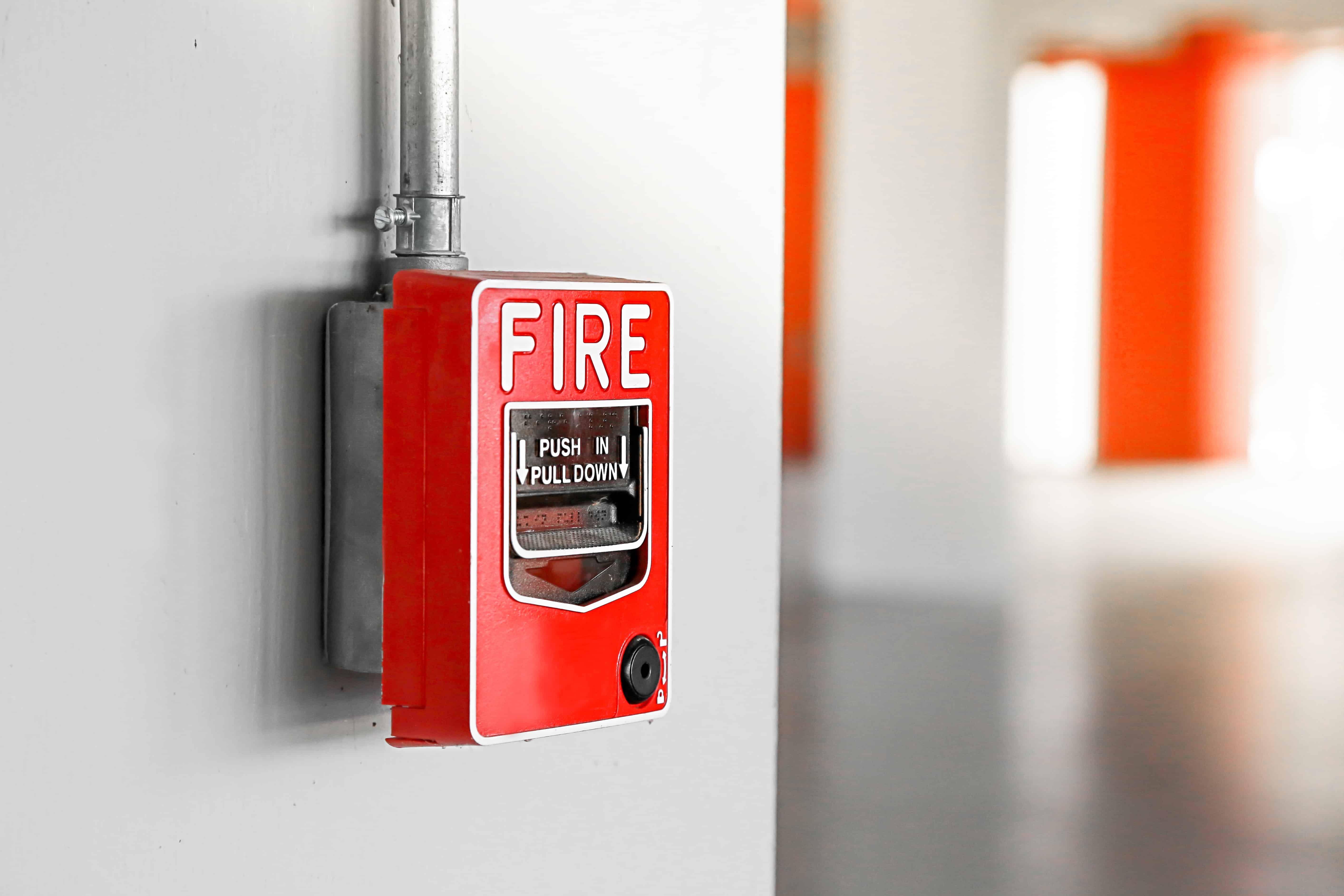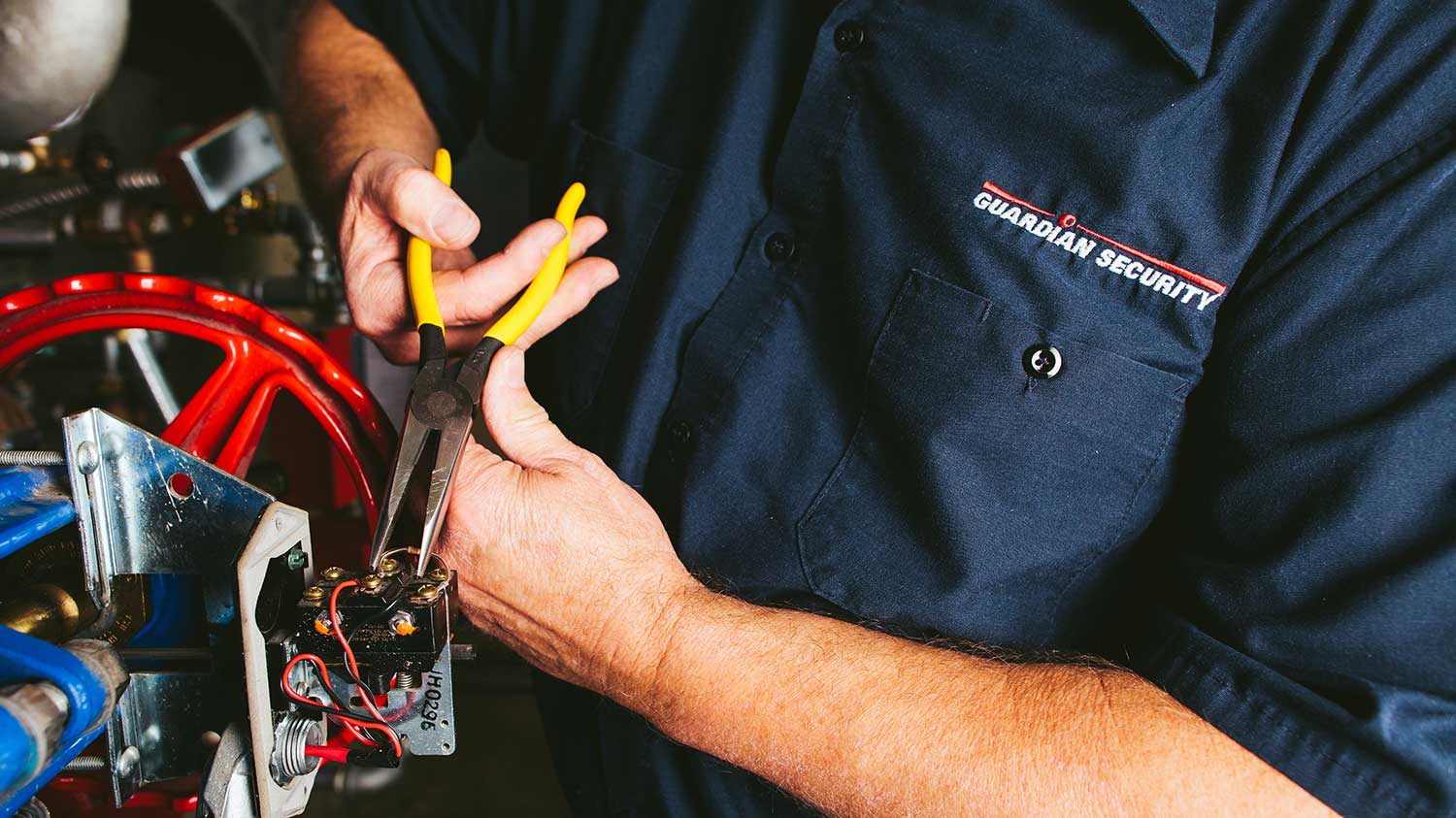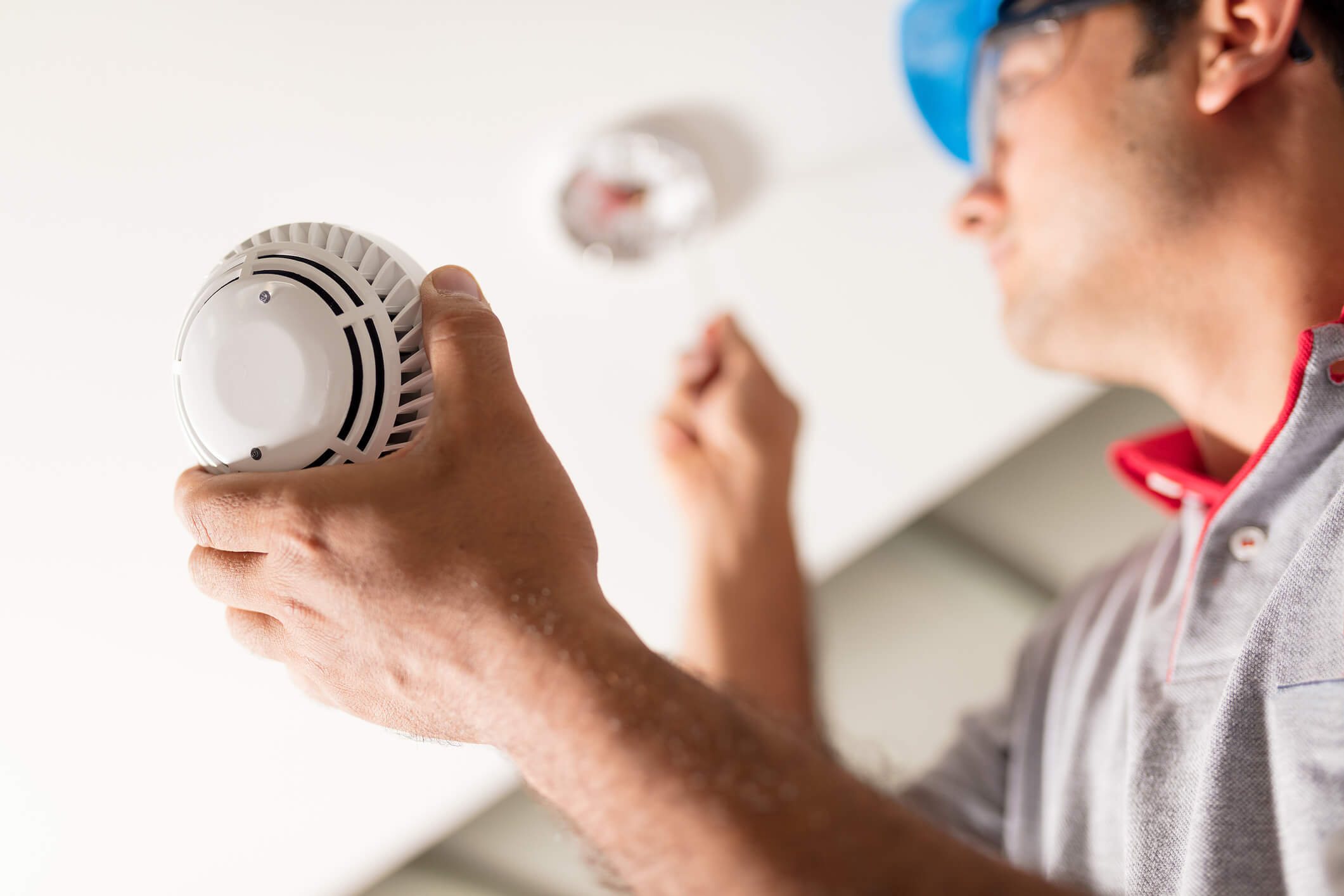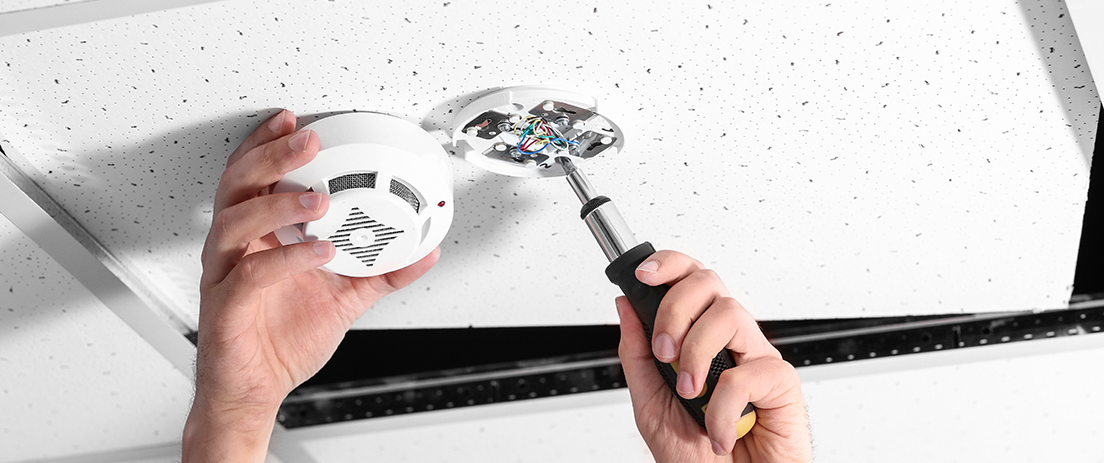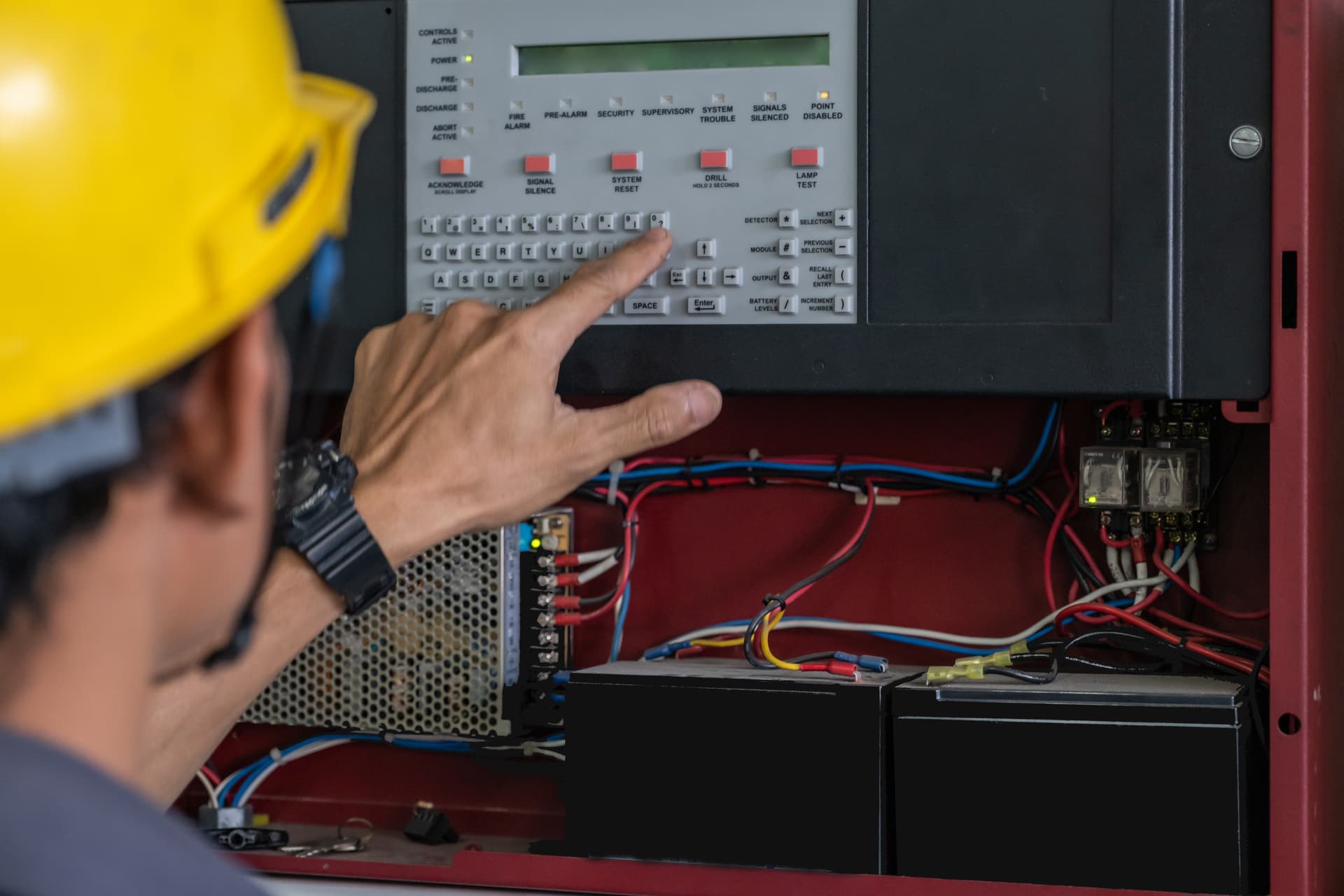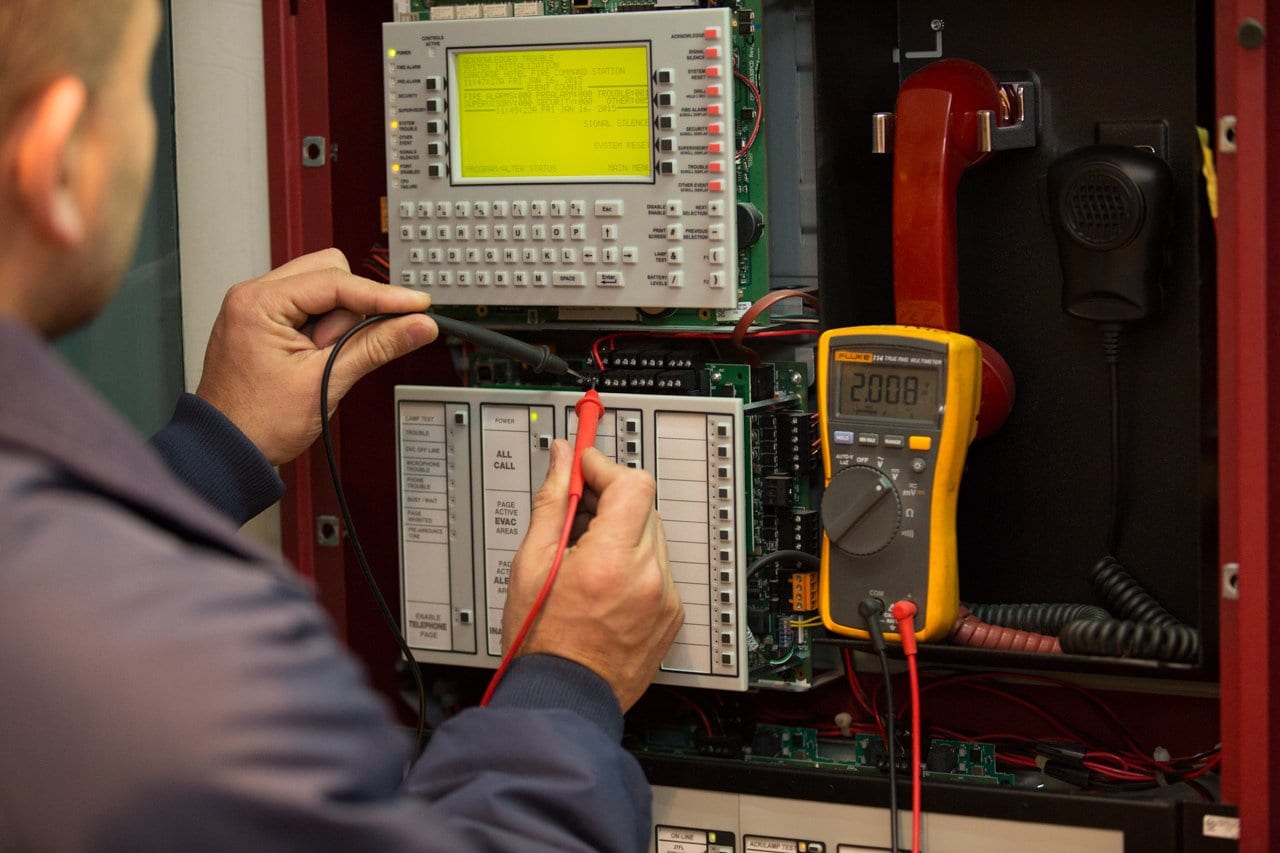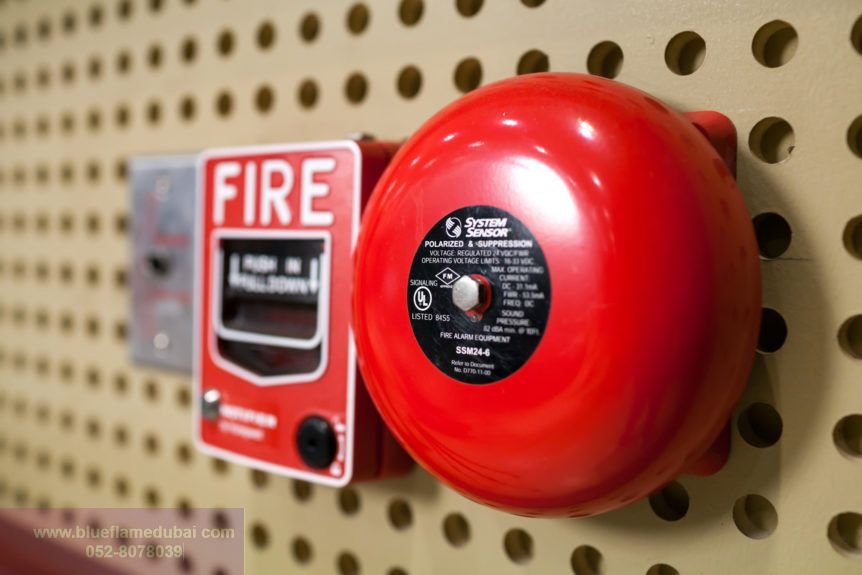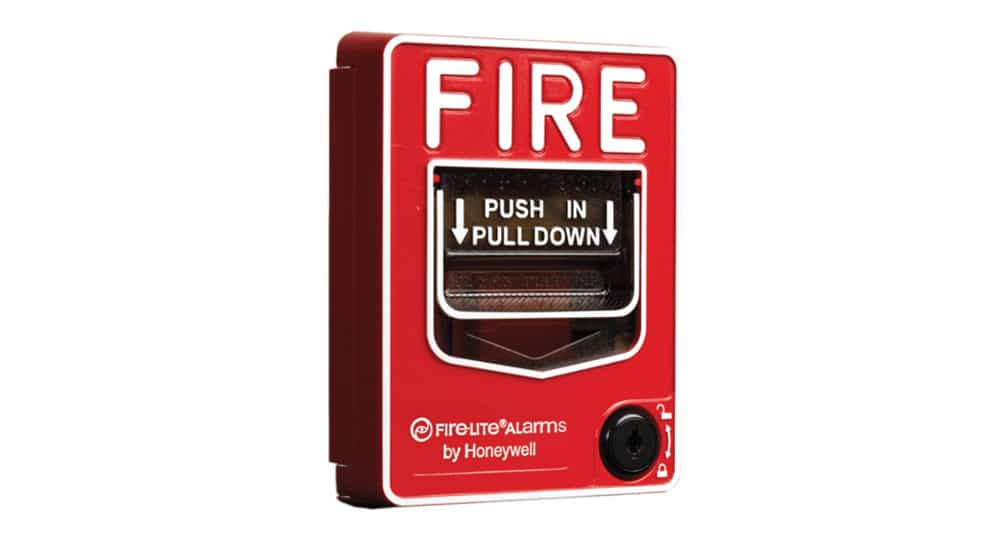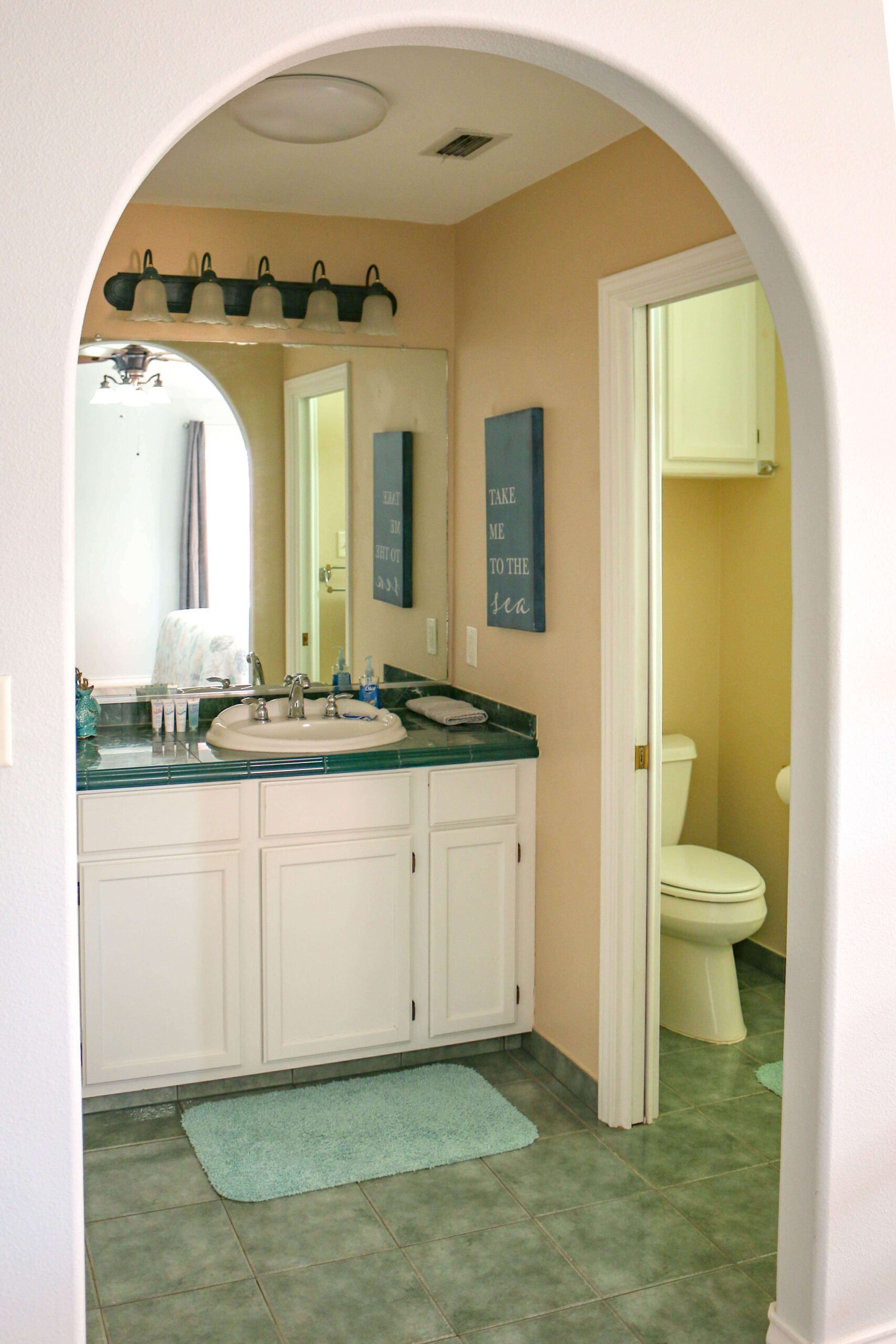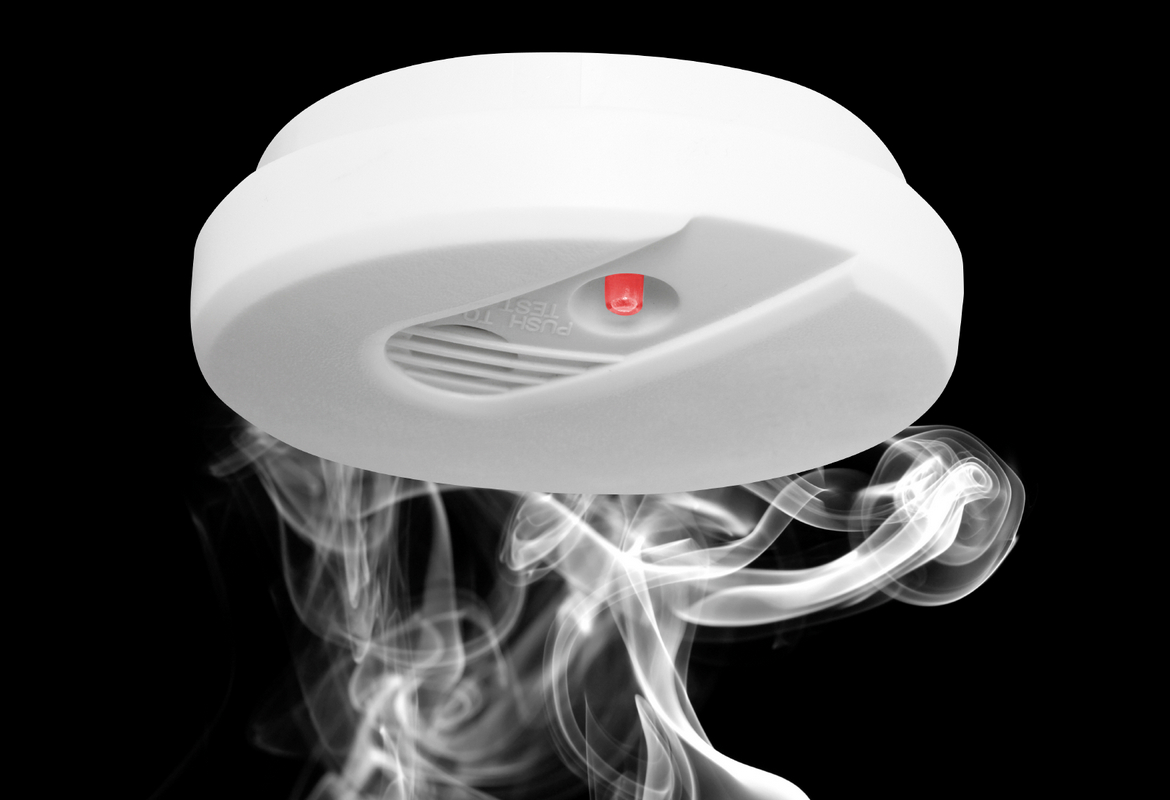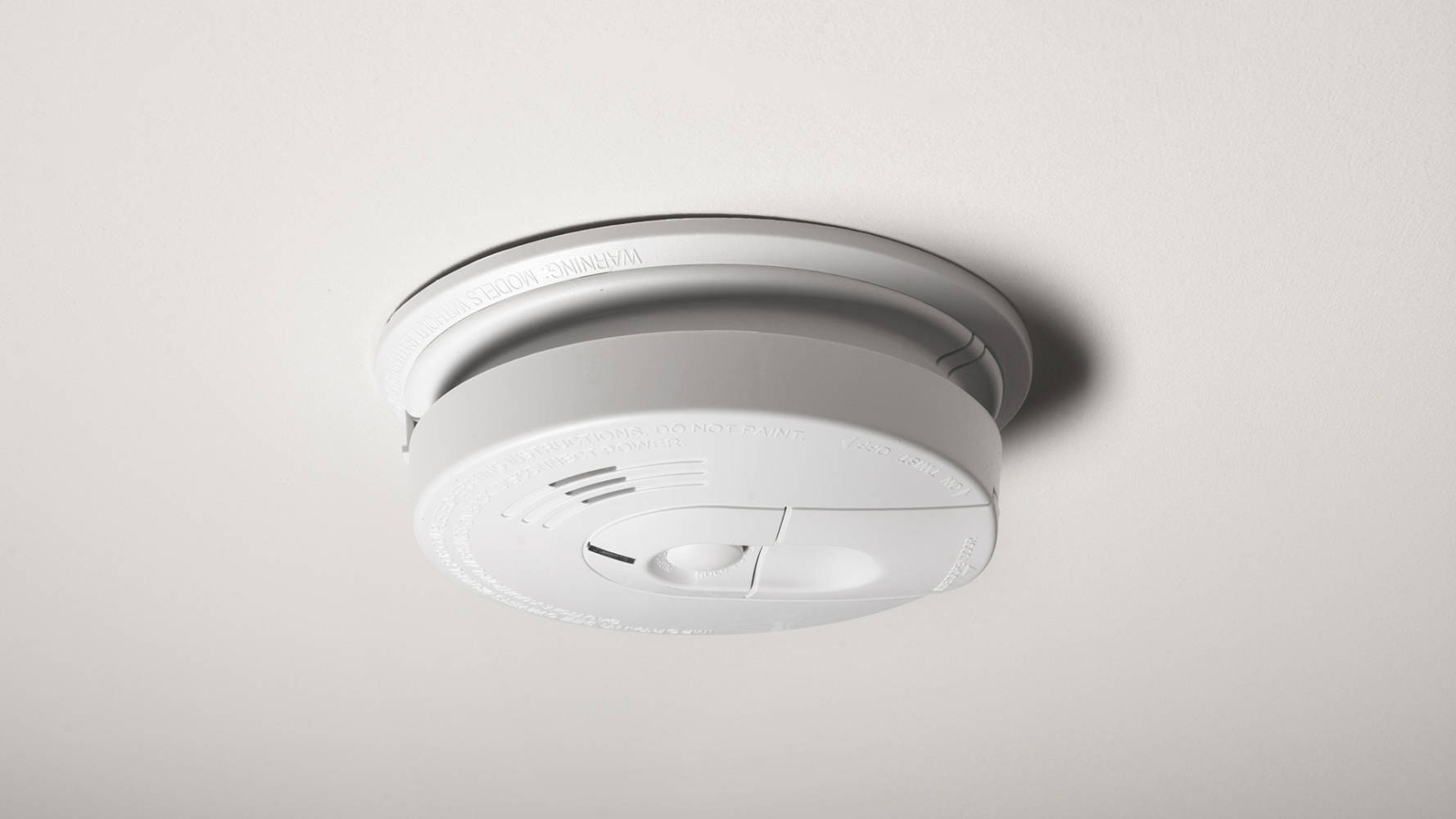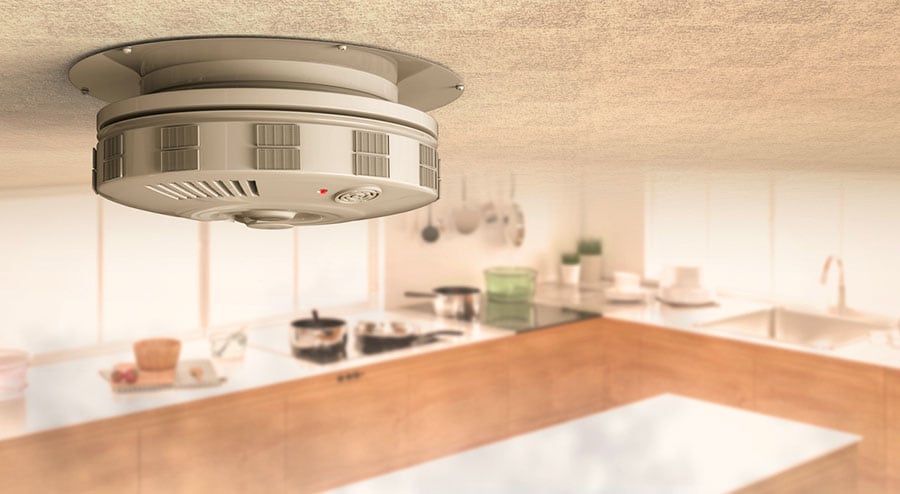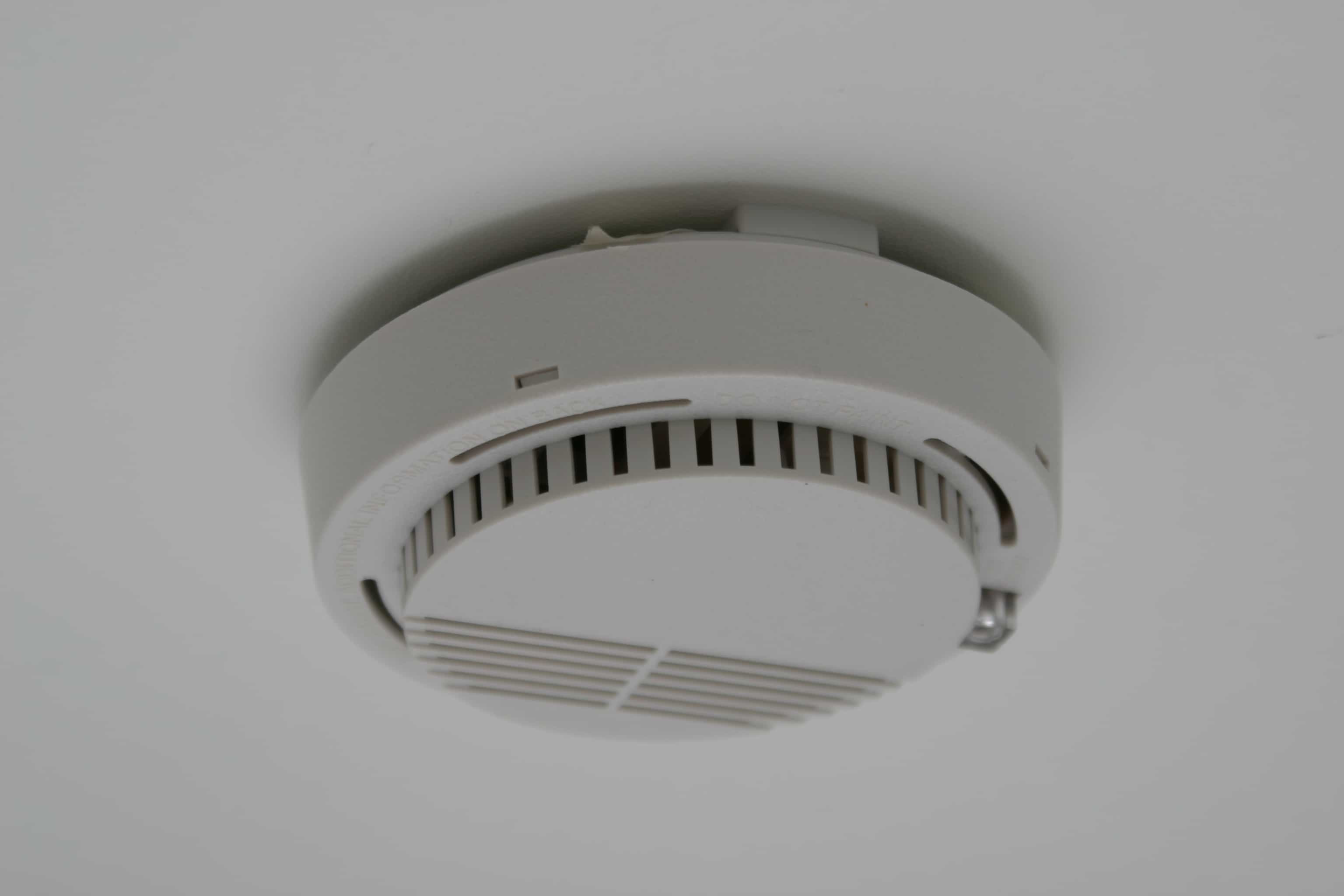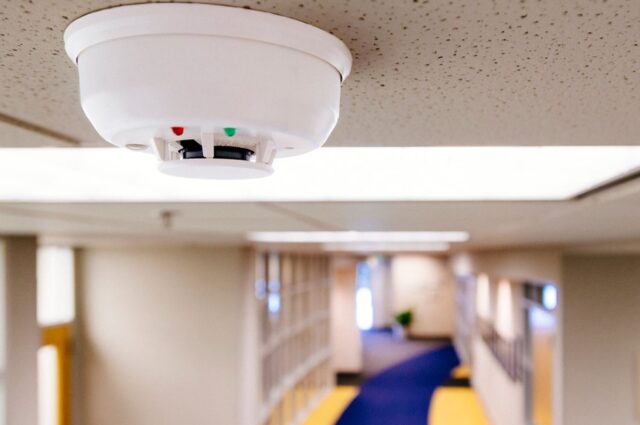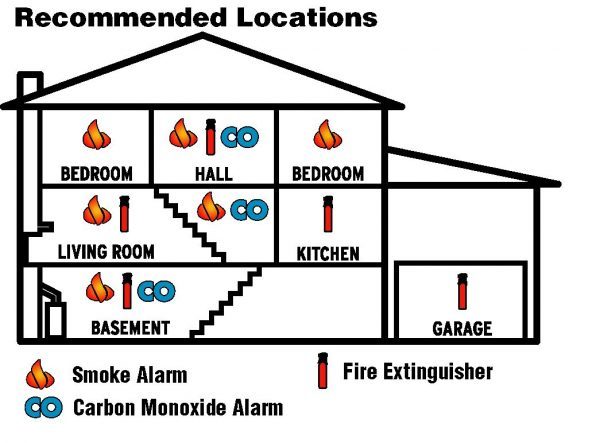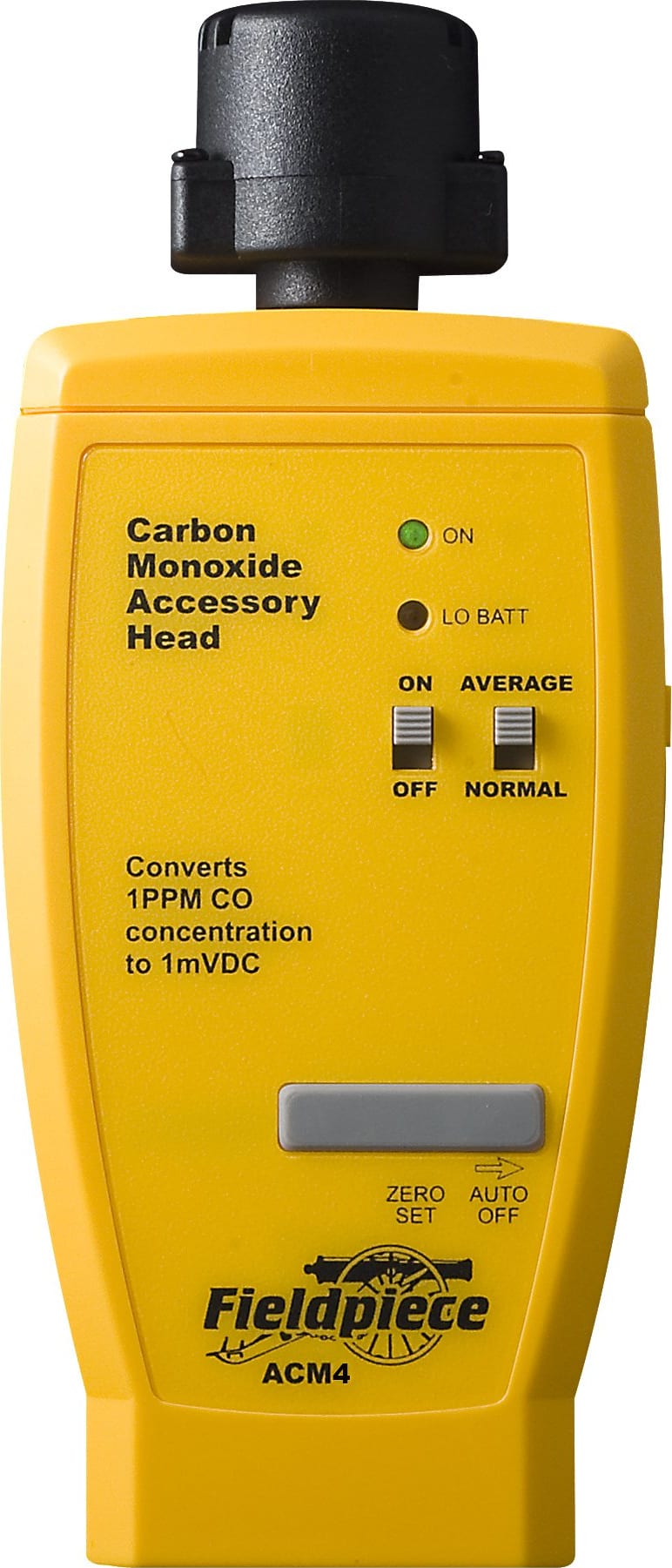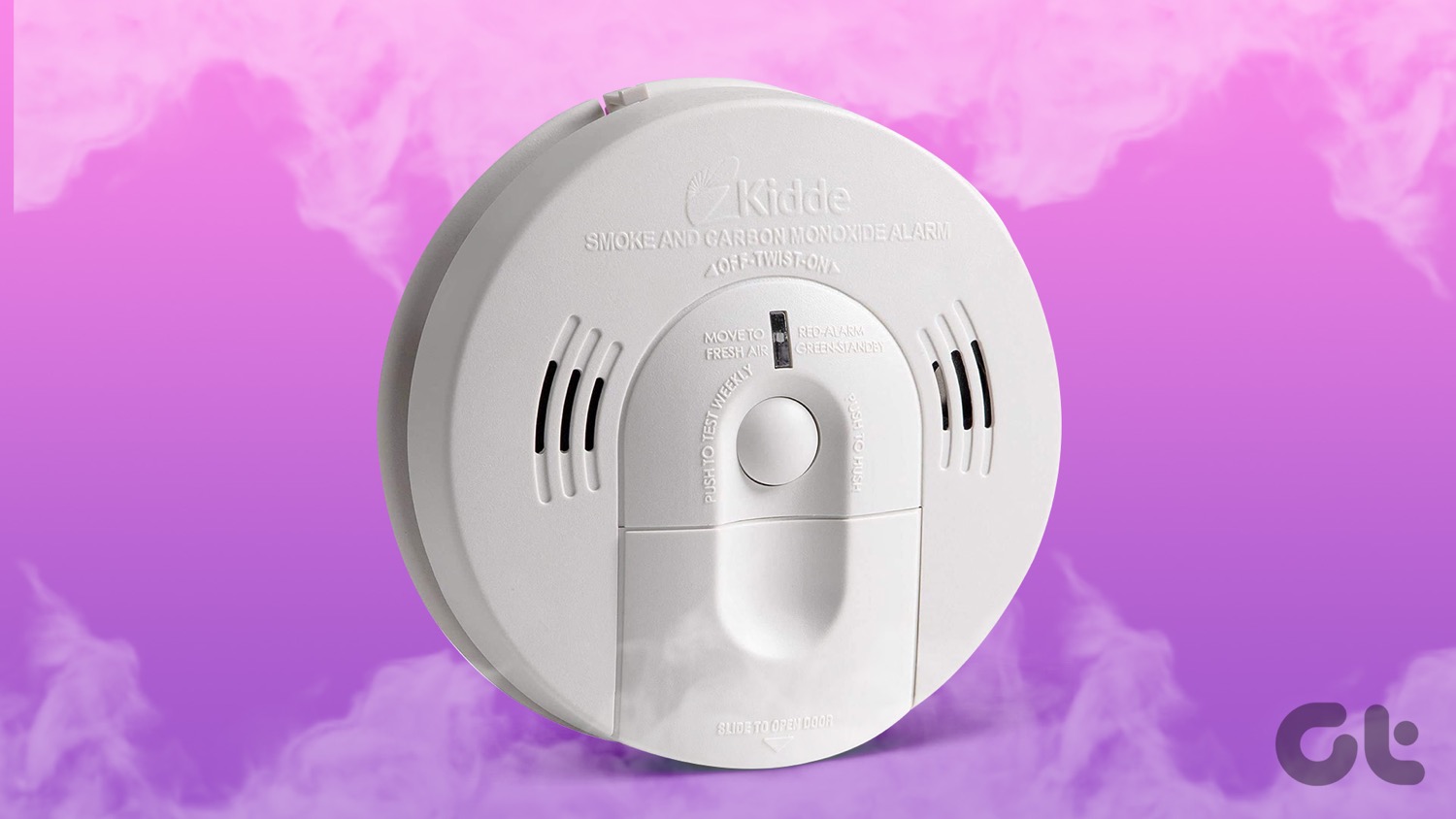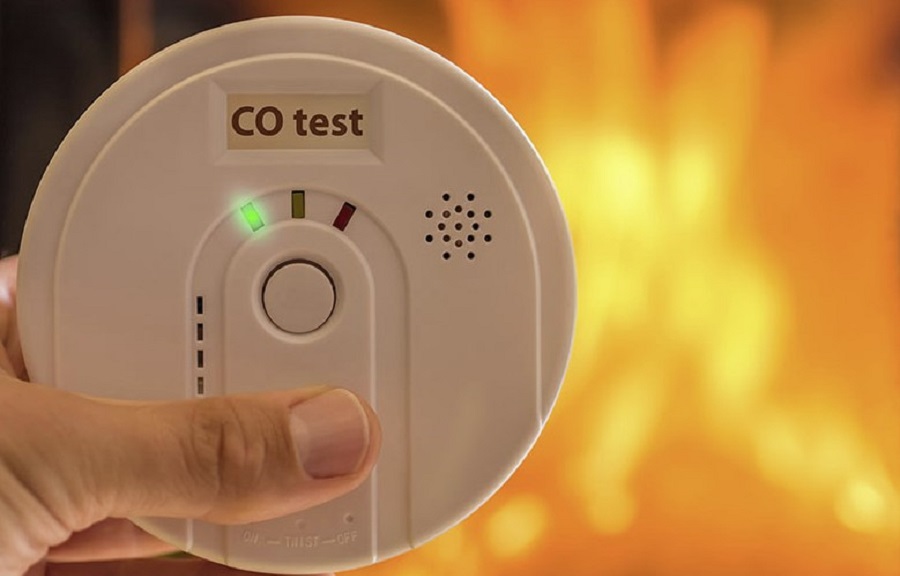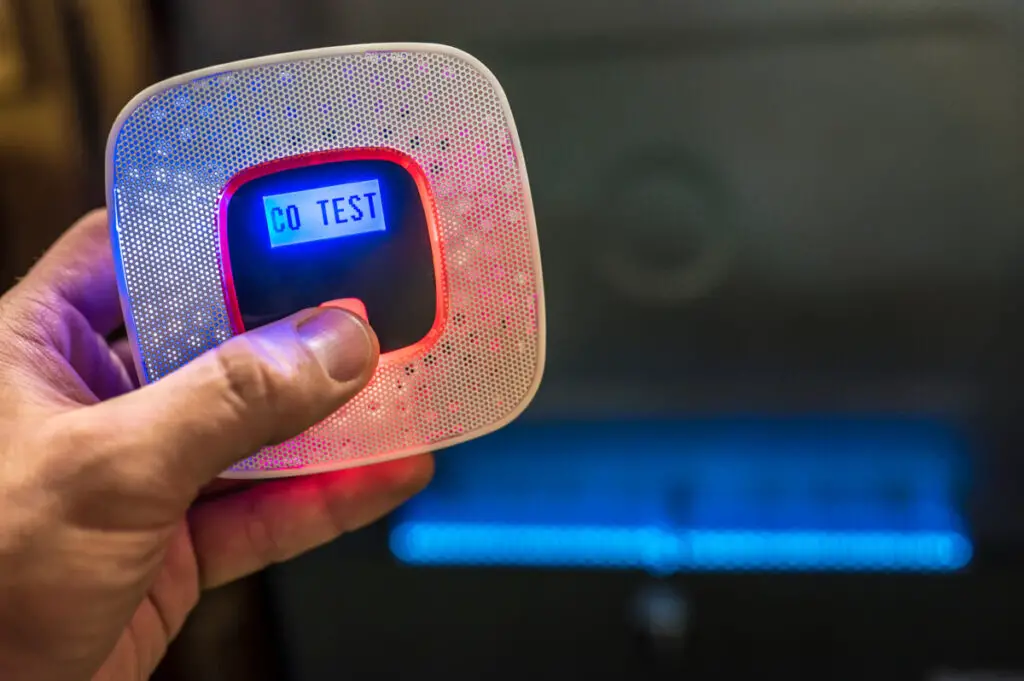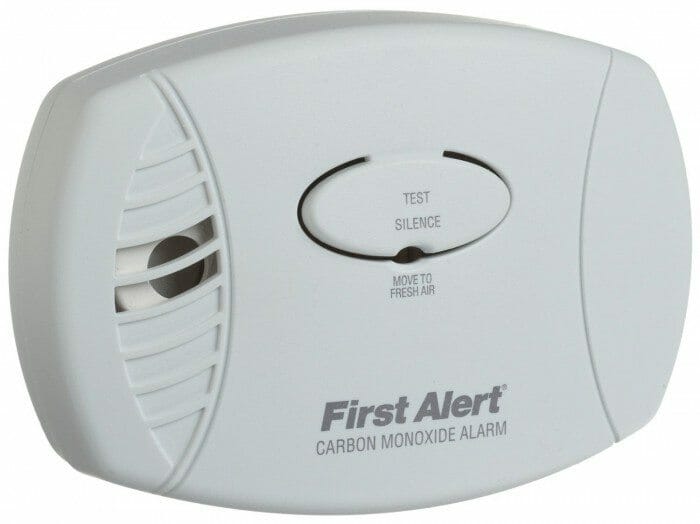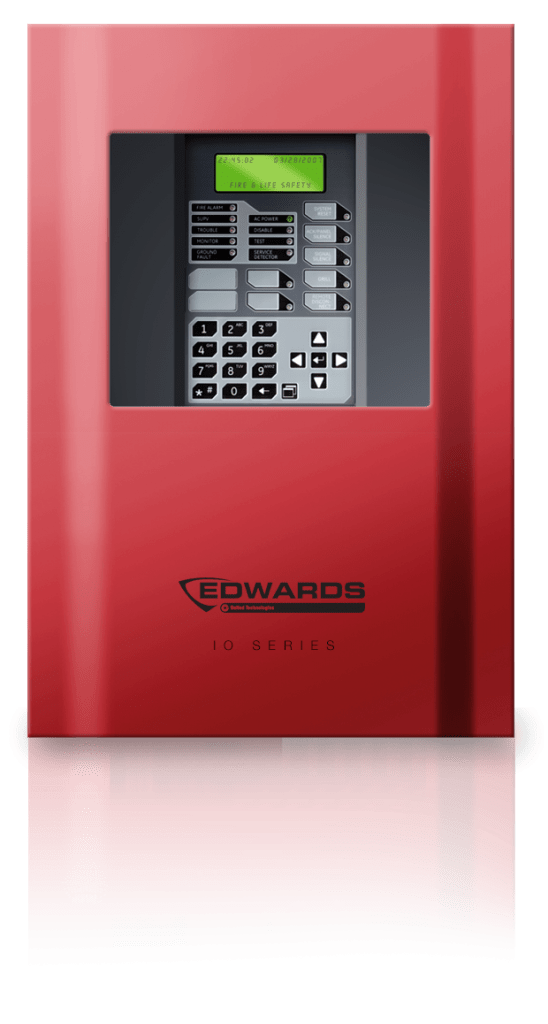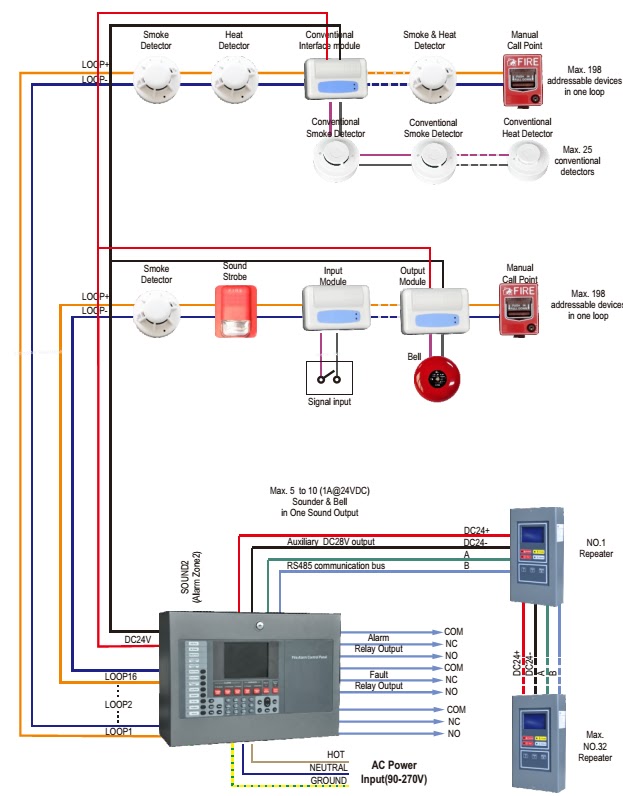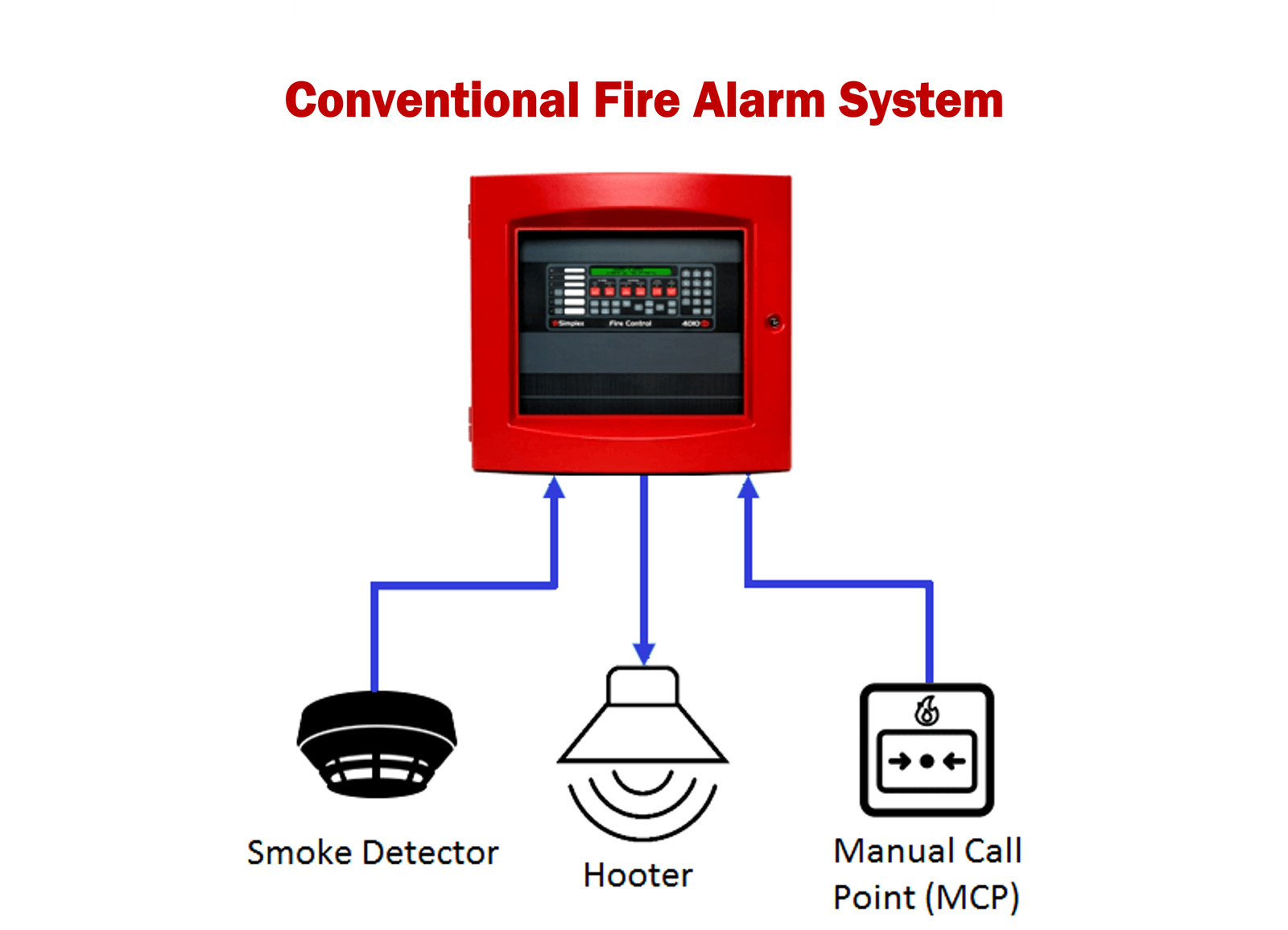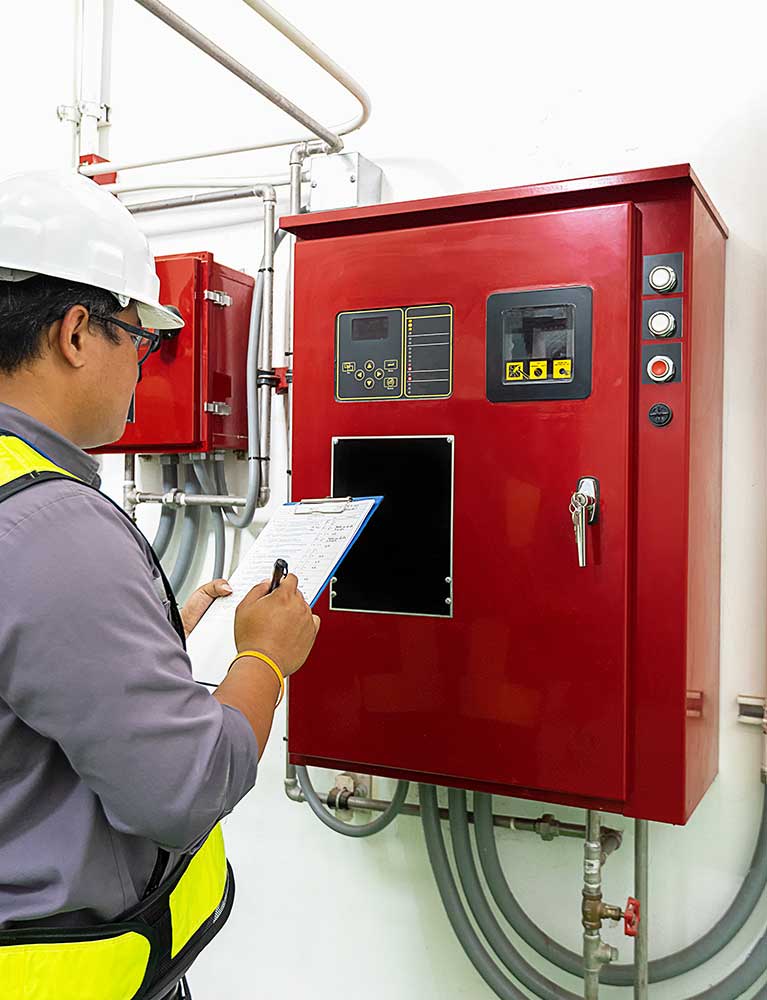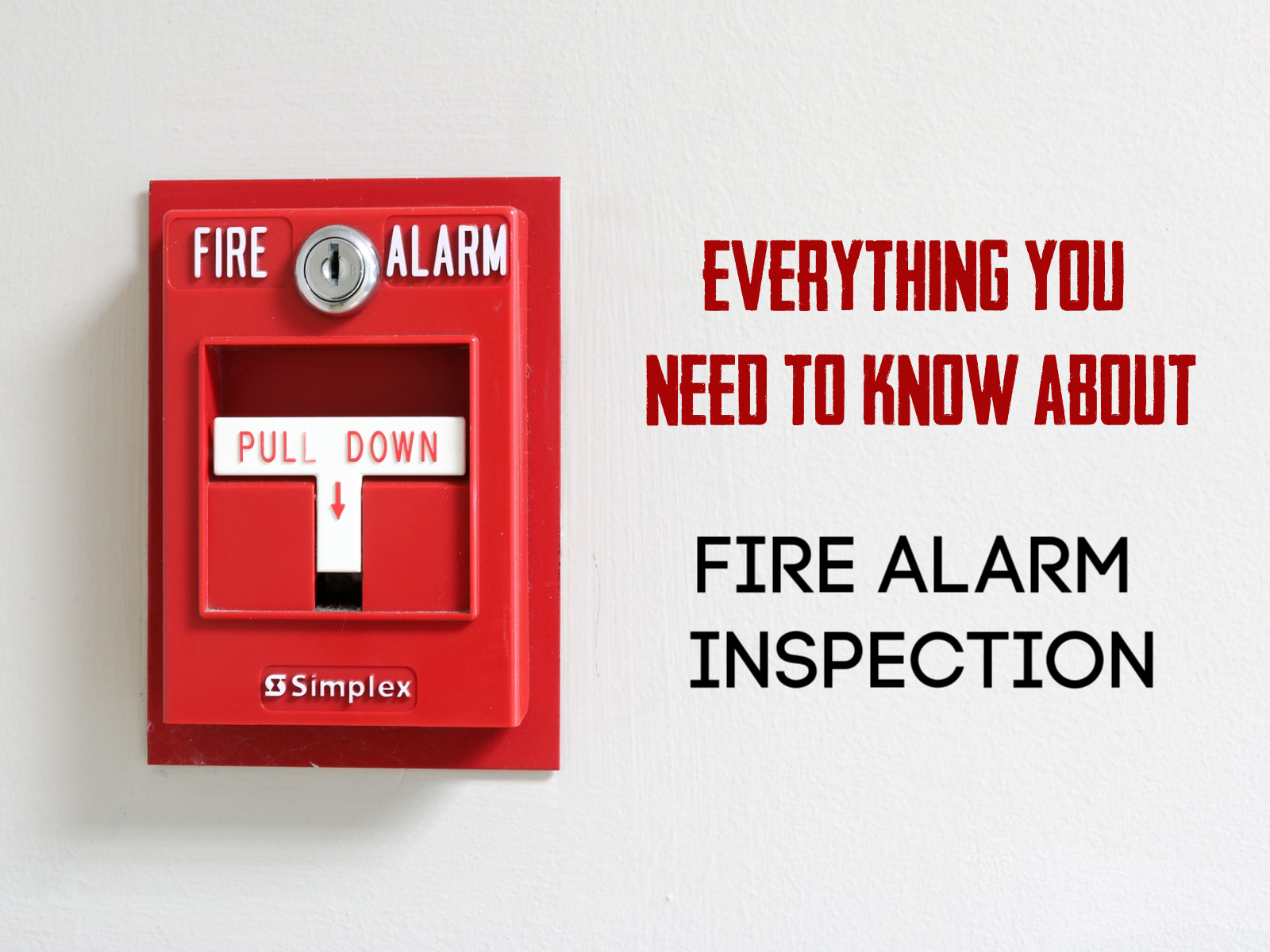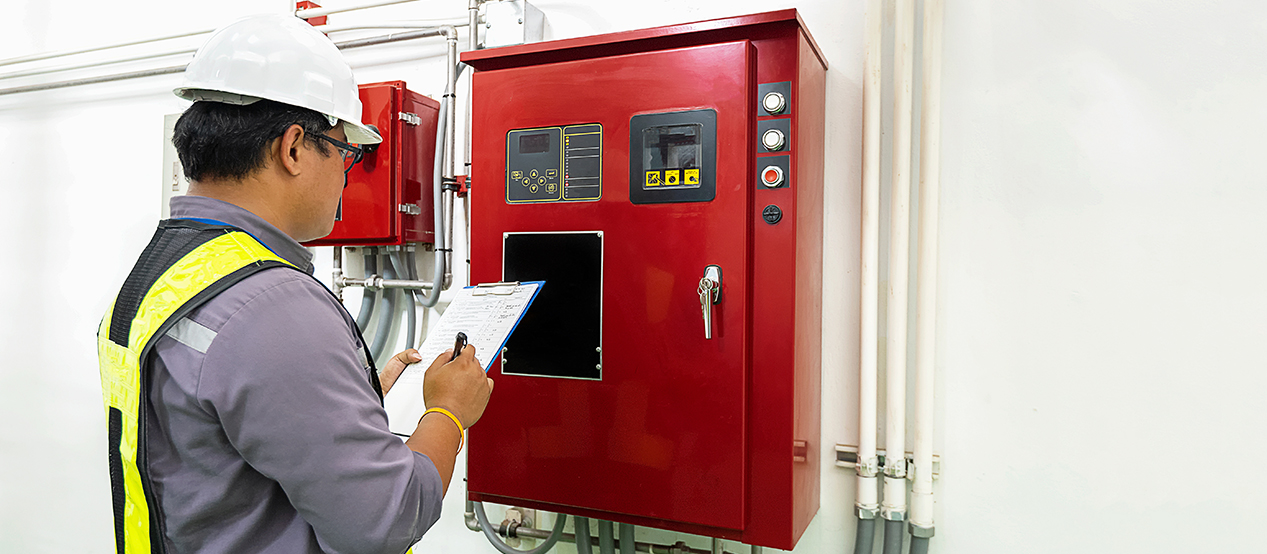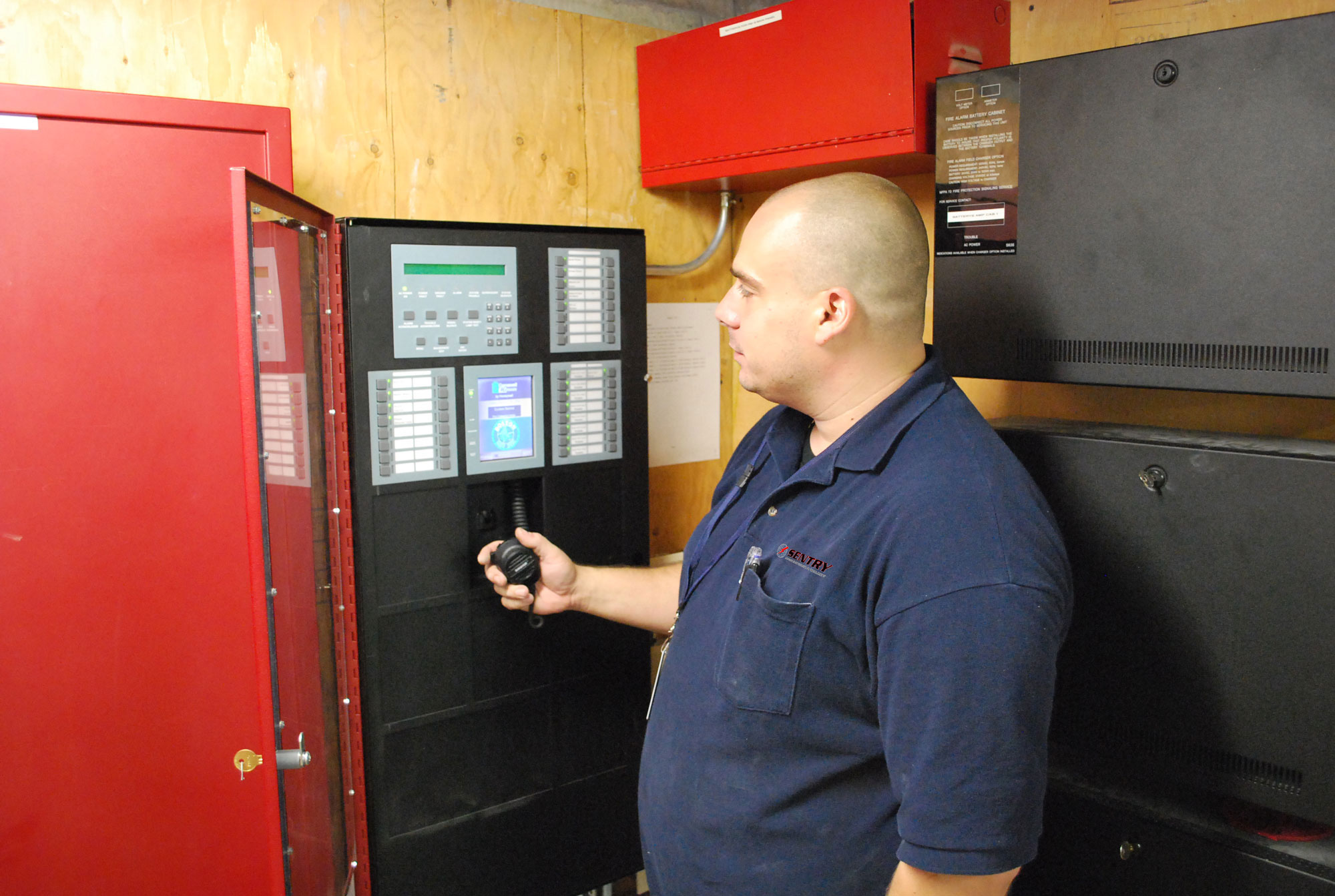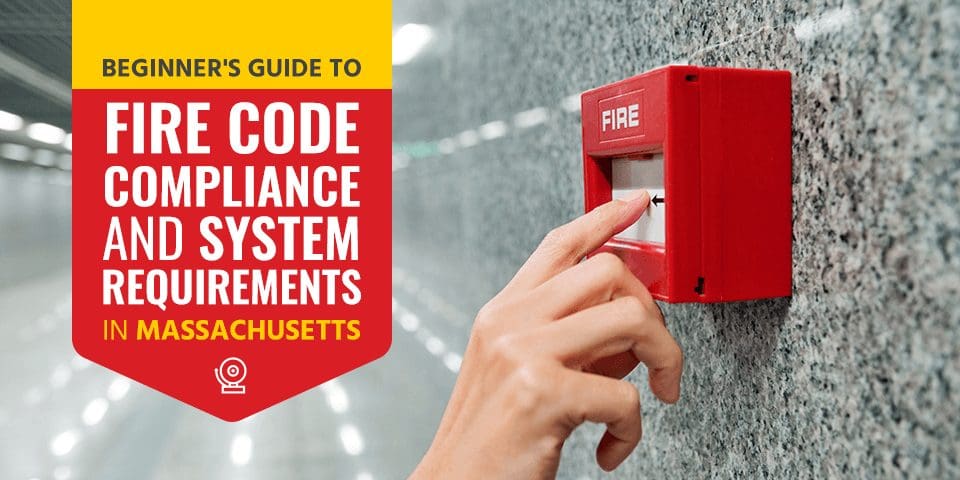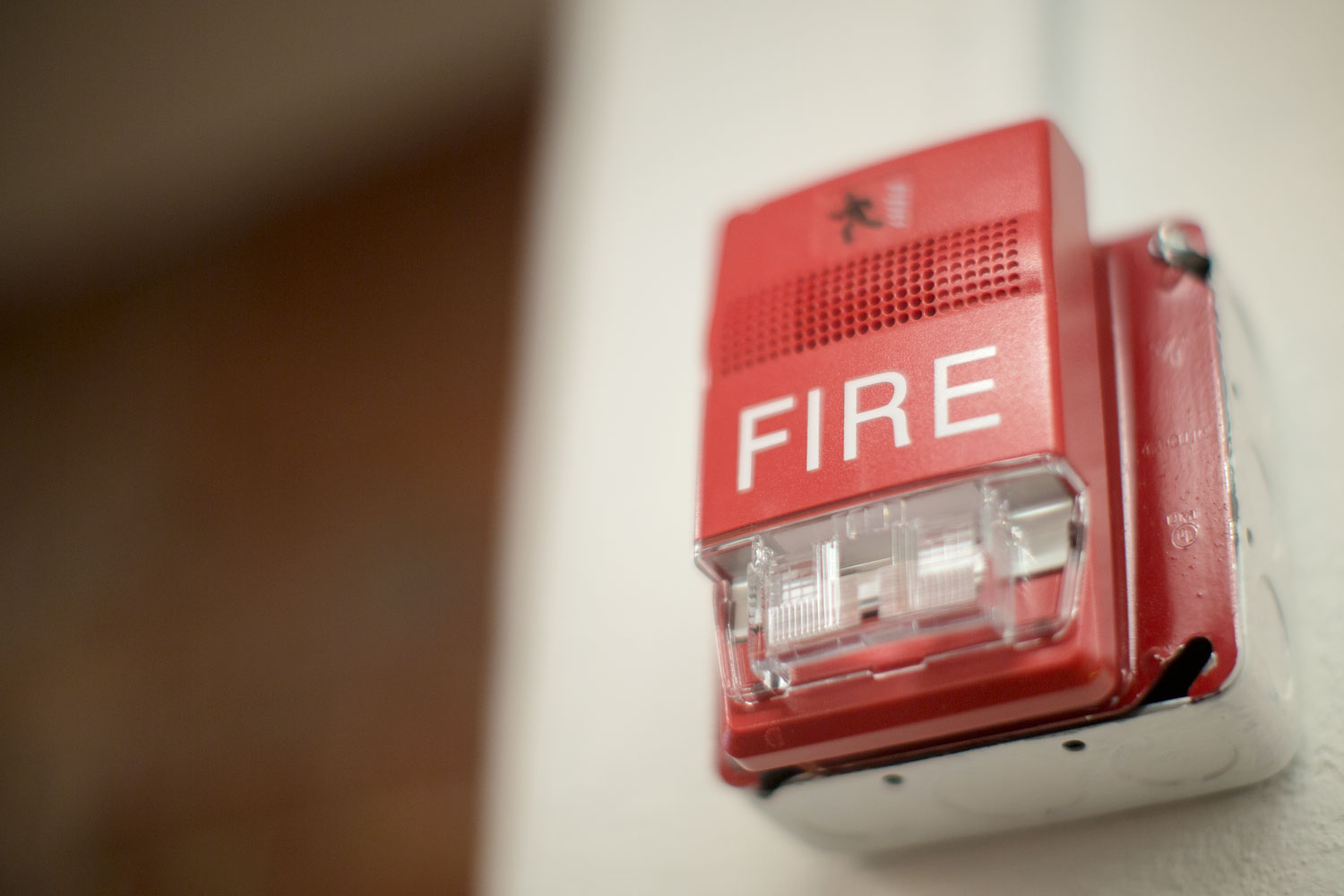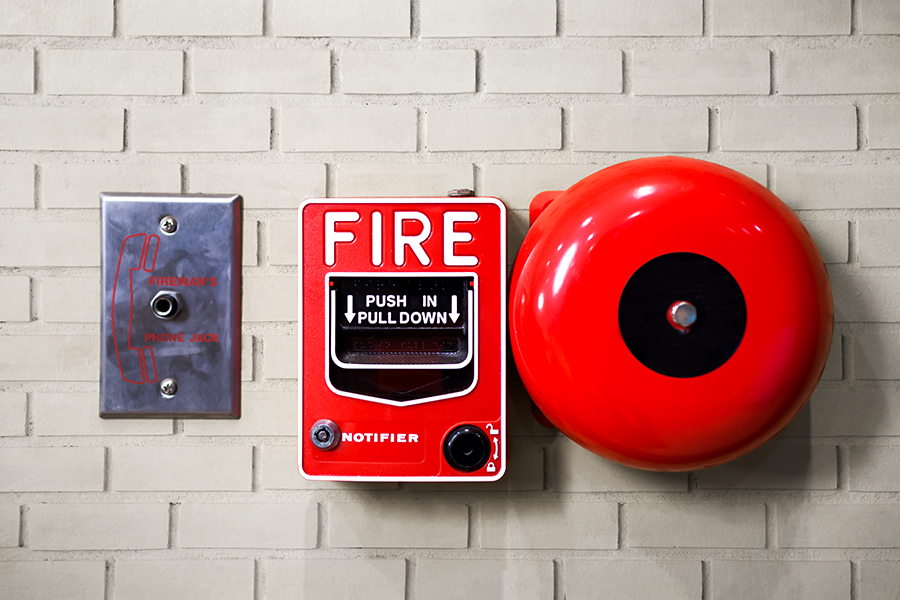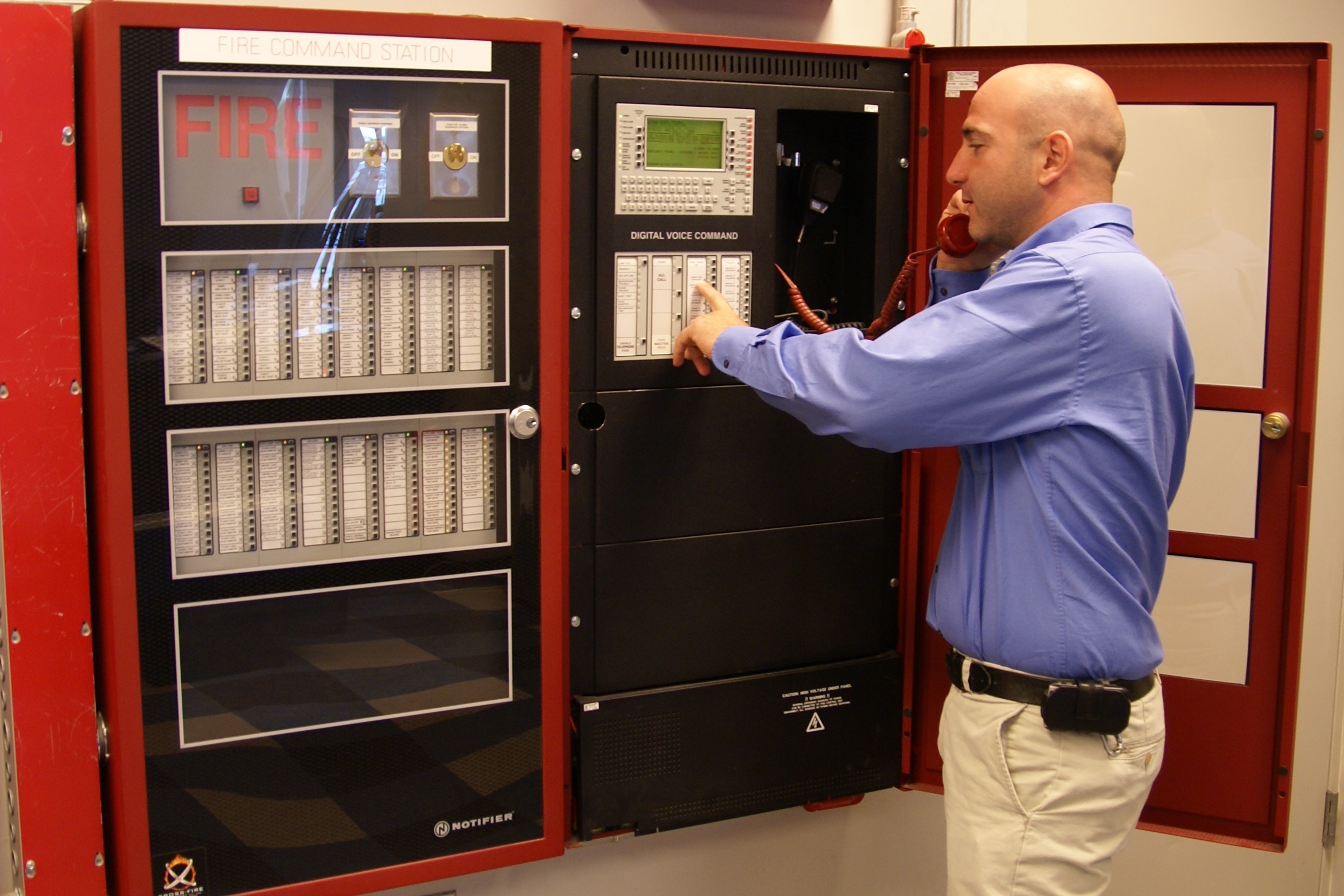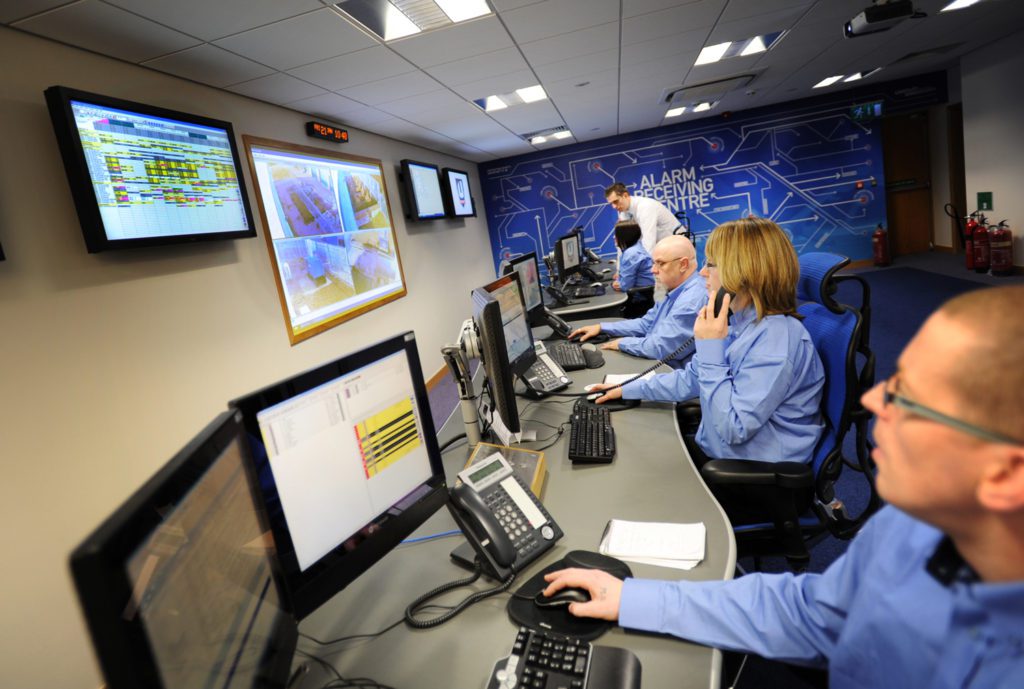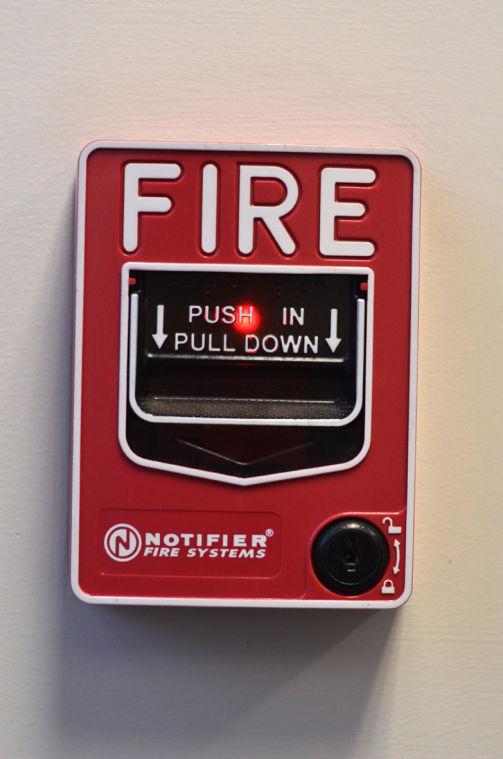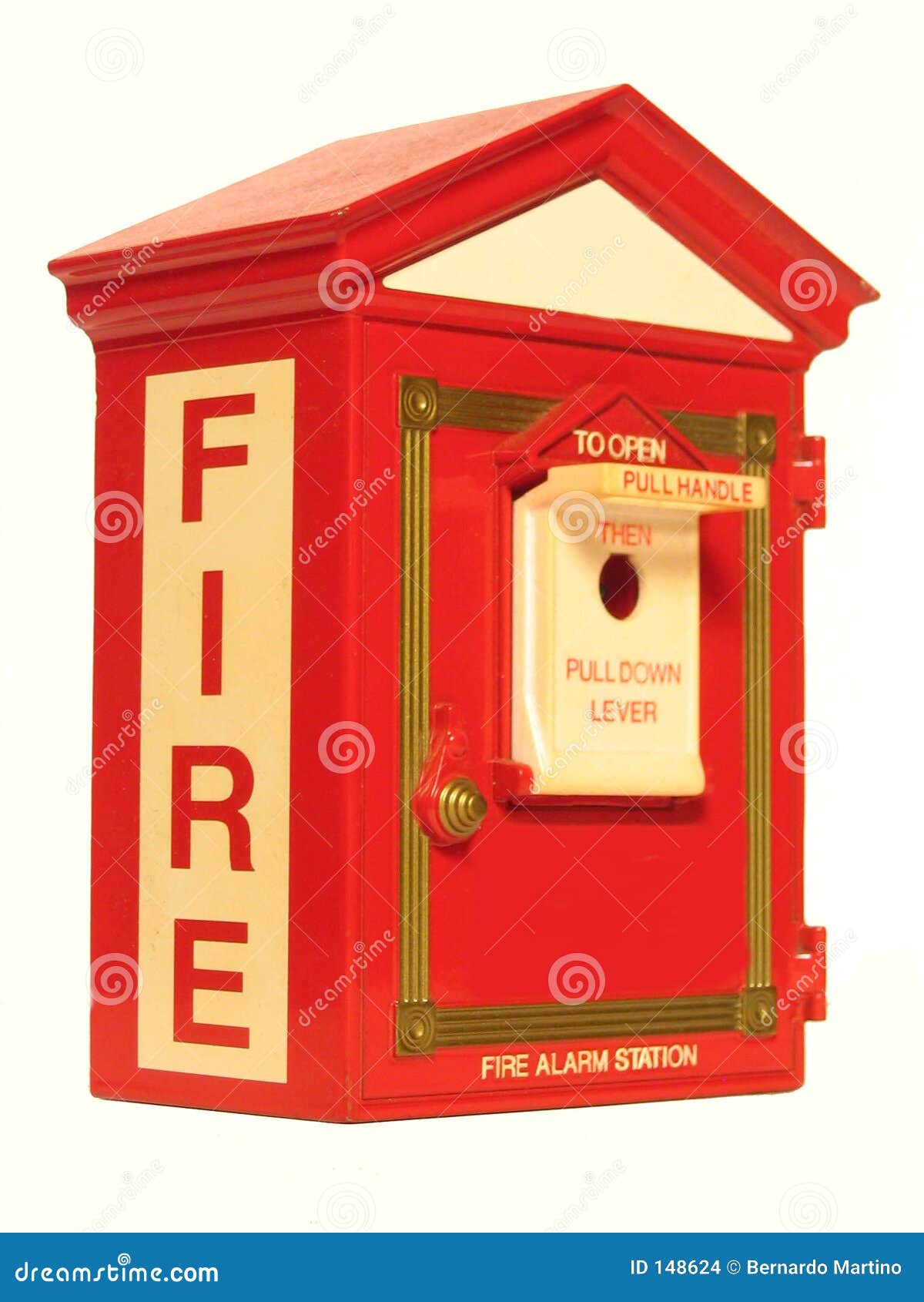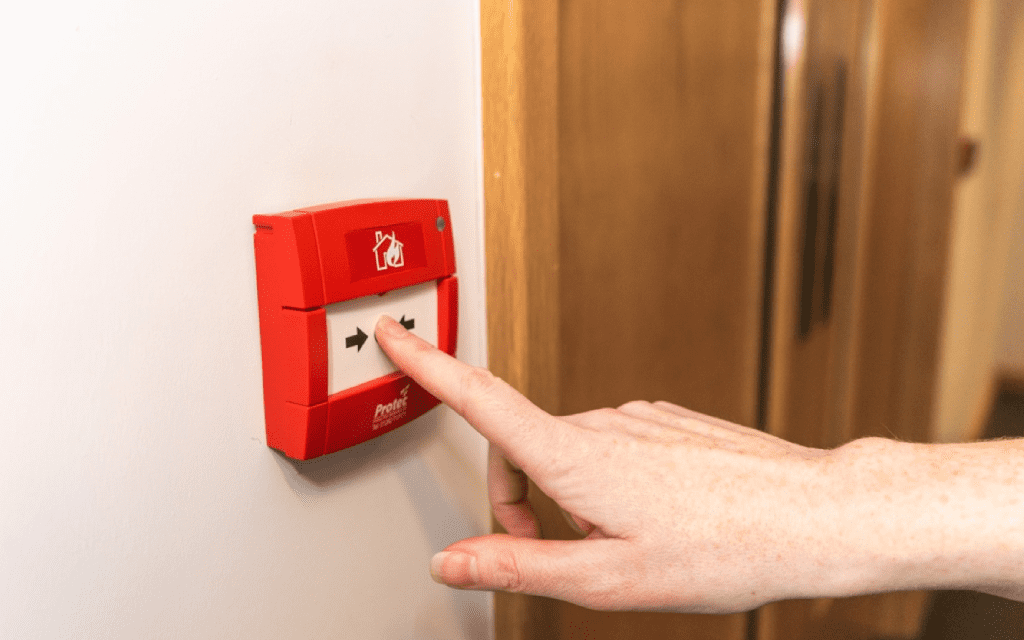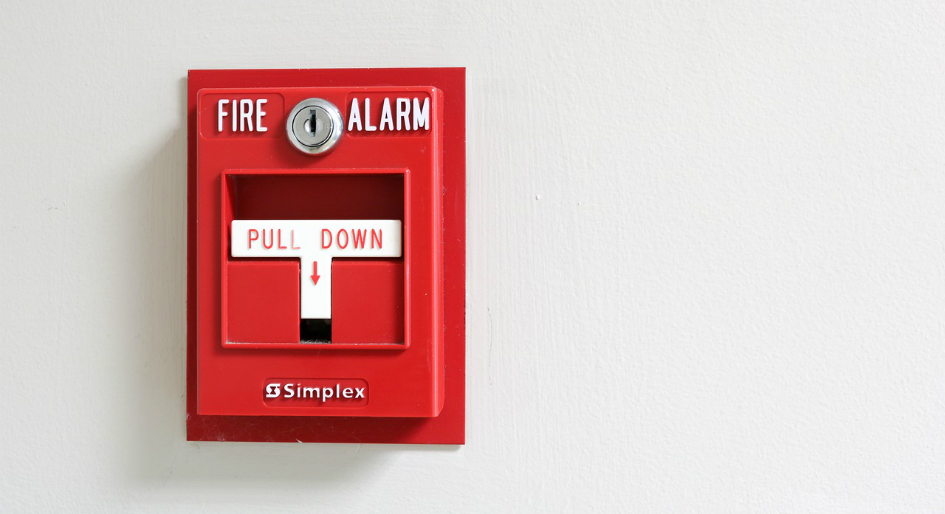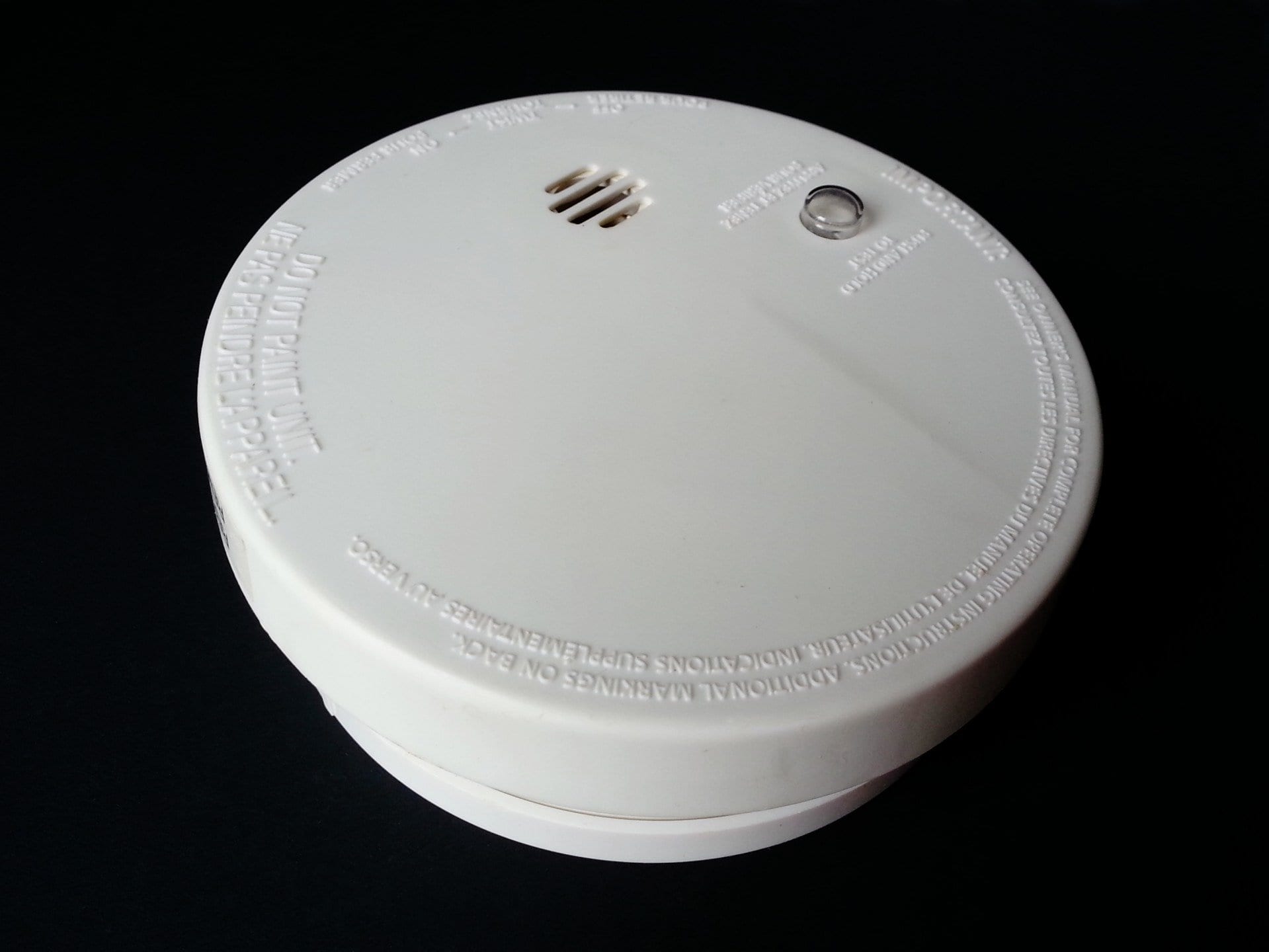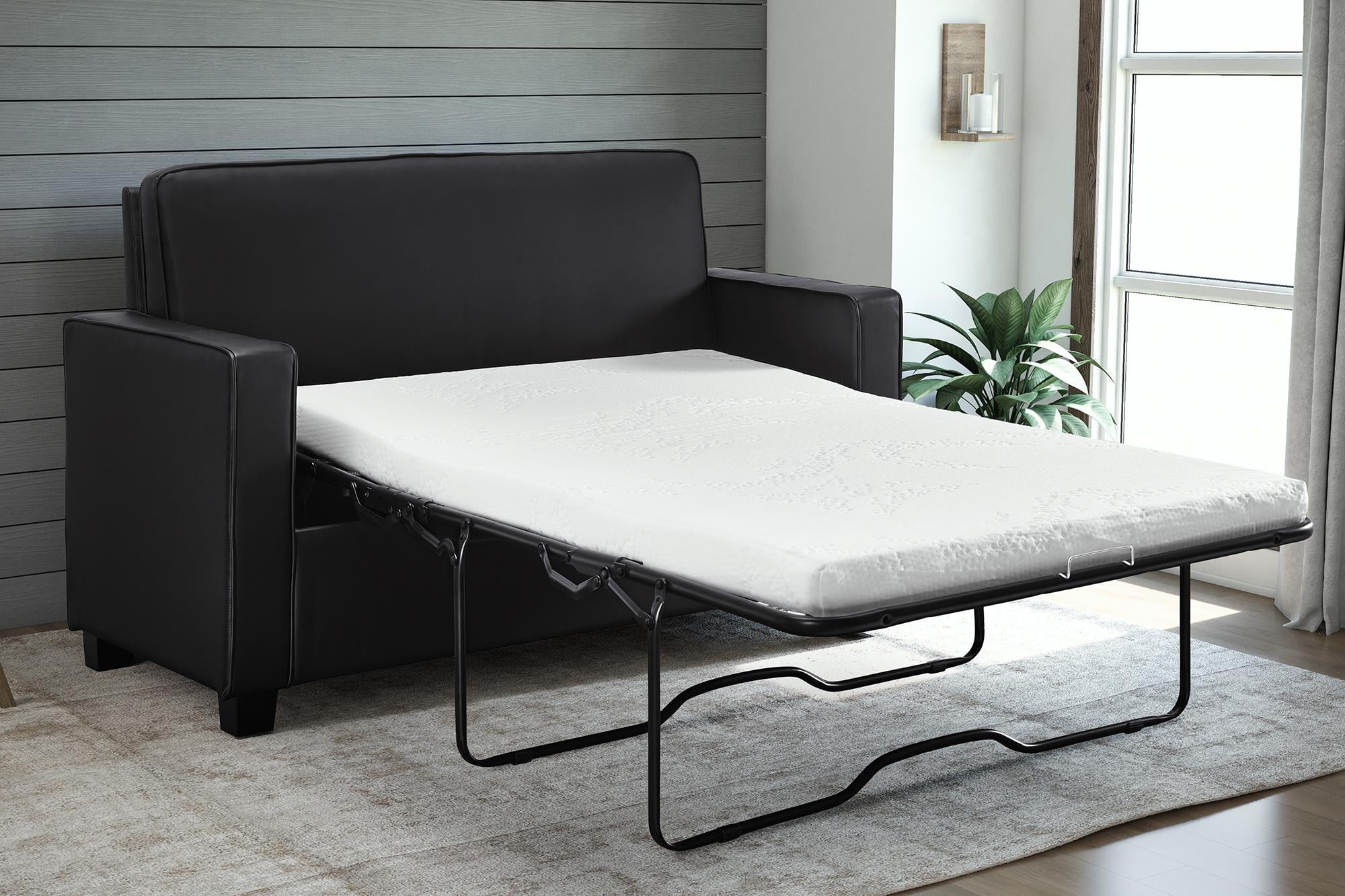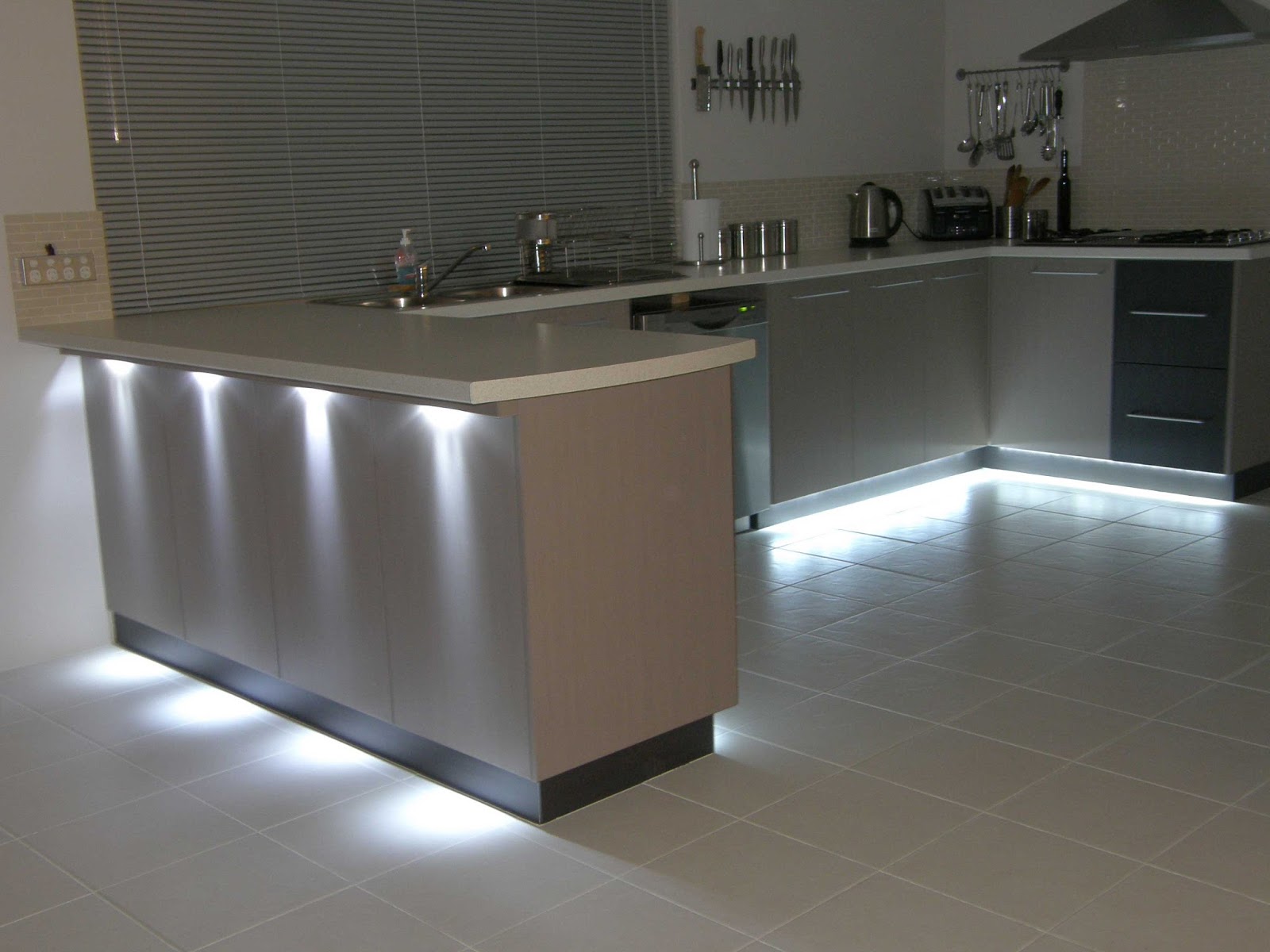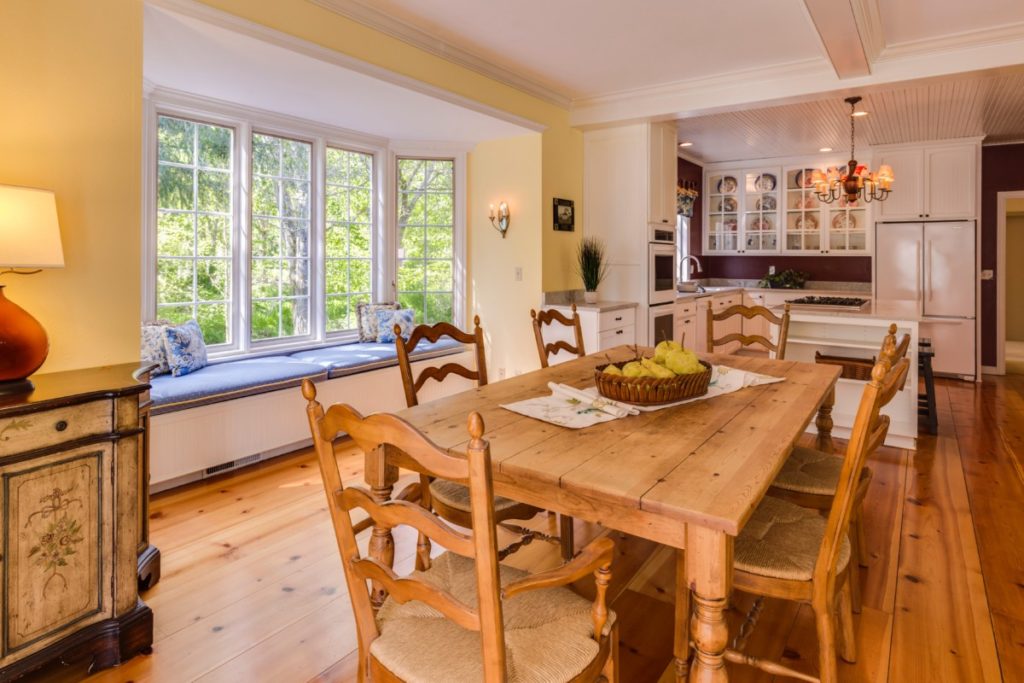Installing a fire alarm in your living room is an essential safety measure to protect your home and family from potential fire hazards. Whether you are building a new home or renovating your existing living room, it is important to carefully consider the placement and installation of your fire alarm. Here are some important factors to keep in mind. Placement: The ideal location for a fire alarm in your living room is on the ceiling or high up on a wall, away from any potential obstructions. Avoid placing it near air vents, windows, or ceiling fans, as these can affect the alarm's sensitivity and accuracy. Power Source: Fire alarms can be powered by batteries or hardwired into your home's electrical system. It is recommended to have a combination of both for added protection. Make sure to regularly check and replace batteries to ensure the alarm is functioning properly. Interconnectivity: It is also important to consider connecting your living room fire alarm to other alarms in your home, such as those in the bedrooms and hallways. This will ensure that all occupants are alerted in case of a fire, no matter where it starts.Fire Alarm Installation in Living Room
To ensure that your living room fire alarm is always ready to protect your home, it is important to perform regular maintenance and testing. This includes: Monthly Testing: Press the test button on your fire alarm to ensure it is working properly. If the alarm does not sound, check the batteries and replace if necessary. Bi-Annual Cleaning: Dust and debris can accumulate on the sensors of your fire alarm, affecting its sensitivity. Use a vacuum or compressed air to gently clean the alarm. Annual Inspection: It is recommended to have a professional inspect your fire alarm once a year to ensure it is functioning properly. They will also check for any necessary repairs or upgrades.Fire Alarm Maintenance in Living Room
If your living room fire alarm is not functioning properly, it is important to have it repaired as soon as possible. Some signs that your alarm may need repair include: Constant Beeping: If your fire alarm is beeping continuously, it could be a sign of a malfunction. Check the batteries first, and if the beeping continues, contact a professional for repair. Noise Distortion: If your fire alarm is making unusual or distorted sounds, it could be a sign of a faulty component. Have it professionally inspected and repaired. False Alarms: If your fire alarm is constantly going off without any reason, it could be due to a malfunction in the sensors. Have a professional check and repair the alarm to prevent unnecessary disruptions.Fire Alarm Repair in Living Room
A smoke detector is an important component of your living room fire alarm system. It detects the presence of smoke, which is often the first sign of a fire, and alerts you to the potential danger. When choosing a smoke detector for your living room, consider the following: Types of Smoke Detectors: There are two types of smoke detectors: ionization and photoelectric. Ionization detectors are more sensitive to fast flaming fires, while photoelectric detectors are better at detecting slow, smoldering fires. It is recommended to have a combination of both for maximum protection. Placement: Similar to fire alarms, smoke detectors should be placed on the ceiling or high up on a wall, away from any obstructions. It is recommended to have a smoke detector in every bedroom and on every level of your home. Maintenance: Regularly test and clean your smoke detectors to ensure they are functioning properly. Replace batteries twice a year and replace the entire unit every 10 years.Smoke Detector in Living Room
In addition to a fire alarm and smoke detector, it is important to have a carbon monoxide (CO) detector in your living room. Carbon monoxide is a colorless, odorless gas that can be deadly when inhaled. Here are some important considerations for a CO detector: Placement: CO detectors should be placed on the ceiling or high up on a wall, away from any obstructions. It is recommended to have one on every level of your home, including the living room. Types of Detectors: There are two types of CO detectors: biomimetic and electrochemical. Biomimetic detectors are more sensitive and responsive to low levels of CO, while electrochemical detectors are better at detecting high levels. It is recommended to have a combination of both for maximum protection. Maintenance: CO detectors should be tested and cleaned regularly. Replace batteries twice a year and replace the entire unit every 5-7 years.Carbon Monoxide Detector in Living Room
Having a comprehensive fire alarm system in your living room is crucial for the safety of your home and family. A fire alarm system typically includes a combination of fire alarms, smoke detectors, and CO detectors, all interconnected and monitored by a control panel. Here are some important factors to consider when choosing a fire alarm system for your living room: Size of Home: The size and layout of your home will determine the number and placement of fire alarms and detectors needed for maximum coverage. Wired vs. Wireless: A wired fire alarm system is hardwired into your home's electrical system, while a wireless system uses radio frequency to communicate between devices. Wired systems are more reliable, while wireless systems are easier to install and expand. Monitoring: Consider having your fire alarm system monitored by a professional monitoring company for added protection. They will be alerted in case of an emergency and can dispatch emergency services if necessary.Fire Alarm System in Living Room
Regular inspections of your fire alarm system are crucial to ensure it is functioning properly and providing maximum protection. It is recommended to have a professional inspect your system once a year. During the inspection, they will check for any necessary repairs or upgrades and provide you with a detailed report. DIY Inspection: In addition to professional inspections, it is important to perform your own monthly and annual inspections. This includes testing the alarms, cleaning any dust and debris, and checking for any signs of damage or wear.Fire Alarm Inspection in Living Room
When installing a fire alarm in your living room, it is important to adhere to local fire codes and regulations. These codes specify the type, placement, and number of fire alarms and detectors required for your home. It is also important to regularly check for any updates or changes to the codes. Permits: Some areas may require a permit for installing or upgrading a fire alarm system. Make sure to check with your local fire department for any necessary permits before starting any work.Fire Alarm Code Requirements in Living Room
Having your fire alarm system monitored by a professional monitoring company can provide added peace of mind and protection for your home and family. In case of an emergency, they will be alerted and can quickly dispatch emergency services. Here are some important considerations for fire alarm monitoring: Types of Monitoring: There are two types of monitoring: landline and cellular. Landline monitoring uses your home's phone line to communicate with the monitoring company, while cellular monitoring uses a cellular network. Cellular monitoring is more reliable and recommended for areas with frequent power outages. Cost: The cost of fire alarm monitoring varies depending on the company and level of service. It is important to research and compare different companies to find the best fit for your budget and needs.Fire Alarm Monitoring in Living Room
False alarms from your living room fire alarm can be not only annoying but also costly. Here are some common causes of false alarms and how to prevent them: Smoke from Cooking: Smoke from cooking can trigger your fire alarm if it reaches a certain level of density. To prevent this, make sure to use your kitchen's exhaust fan and avoid leaving food unattended on the stove. Steam from Showers: Steam from hot showers can also trigger your fire alarm if it reaches a certain level of density. To prevent this, make sure to use your bathroom's exhaust fan and keep the door closed while showering. Low Batteries: If your fire alarm is beeping intermittently, it could be a sign of low batteries. Regularly check and replace batteries to prevent false alarms. In conclusion, a properly installed, maintained, and monitored fire alarm system in your living room is crucial for the safety of your home and family. Make sure to consider all the factors and options discussed above to ensure maximum protection. Stay safe and always be prepared for potential fire hazards with a reliable fire alarm system in your living room.Fire Alarm False Alarm in Living Room
The Importance of Having a Fire Alarm in the Living Room

Protecting Your Home and Family
 When it comes to designing our homes, safety should always be a top priority. One crucial aspect of home safety is having a fire alarm in the living room. This may seem like a simple and obvious addition, but its importance cannot be overstated.
Fire alarms are the first line of defense against potential fires and can save lives and property in the event of an emergency.
When it comes to designing our homes, safety should always be a top priority. One crucial aspect of home safety is having a fire alarm in the living room. This may seem like a simple and obvious addition, but its importance cannot be overstated.
Fire alarms are the first line of defense against potential fires and can save lives and property in the event of an emergency.
Early Detection is Key
 Fires can spread quickly and silently, leaving little time for escape. This is why early detection is crucial. By having a fire alarm installed in your living room, you can be alerted at the first sign of smoke or fire. This gives you and your family more time to safely evacuate the house and call for help.
Without a properly functioning fire alarm, you may not know about a fire until it's too late.
Fires can spread quickly and silently, leaving little time for escape. This is why early detection is crucial. By having a fire alarm installed in your living room, you can be alerted at the first sign of smoke or fire. This gives you and your family more time to safely evacuate the house and call for help.
Without a properly functioning fire alarm, you may not know about a fire until it's too late.
Strategically Placing Your Fire Alarm
 When it comes to fire safety, placement of your fire alarm is just as important as having one. The living room is a central location in most homes, making it an ideal spot for a fire alarm. It is also typically where most fires start, whether it be from a faulty electrical appliance or a lit candle left unattended.
Having a fire alarm in the living room ensures that you are alerted immediately in case of a fire, allowing you to take action quickly.
When it comes to fire safety, placement of your fire alarm is just as important as having one. The living room is a central location in most homes, making it an ideal spot for a fire alarm. It is also typically where most fires start, whether it be from a faulty electrical appliance or a lit candle left unattended.
Having a fire alarm in the living room ensures that you are alerted immediately in case of a fire, allowing you to take action quickly.
Regular Maintenance is Key
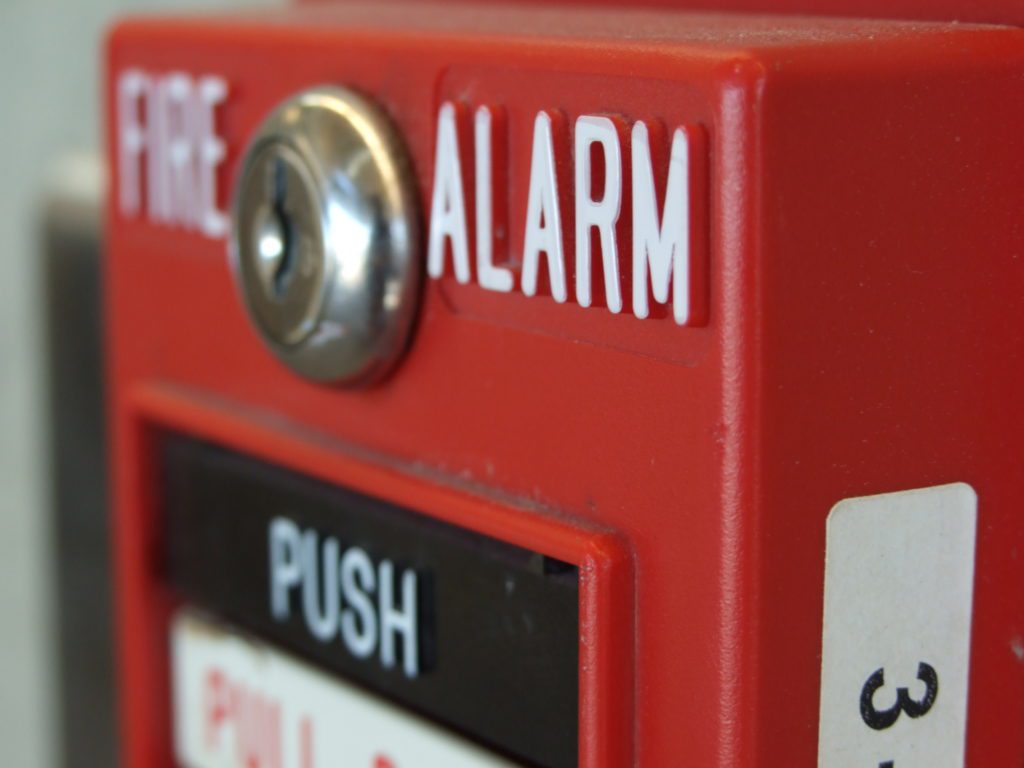 Having a fire alarm in the living room is not enough, it also needs to be properly maintained in order to function effectively.
Regularly check the batteries and replace them when needed, and test the alarm monthly to ensure it is working properly.
It is also important to have your fire alarm professionally inspected and serviced at least once a year to ensure it is in good working condition.
Having a fire alarm in the living room is not enough, it also needs to be properly maintained in order to function effectively.
Regularly check the batteries and replace them when needed, and test the alarm monthly to ensure it is working properly.
It is also important to have your fire alarm professionally inspected and serviced at least once a year to ensure it is in good working condition.
In Conclusion
 In conclusion, a fire alarm in the living room is an essential addition to any home.
It provides early detection, strategic placement, and regular maintenance are all key factors in ensuring the safety of your home and family.
Don't wait until it's too late, make sure to install a fire alarm in your living room today. Your family's safety and peace of mind are worth it.
In conclusion, a fire alarm in the living room is an essential addition to any home.
It provides early detection, strategic placement, and regular maintenance are all key factors in ensuring the safety of your home and family.
Don't wait until it's too late, make sure to install a fire alarm in your living room today. Your family's safety and peace of mind are worth it.
